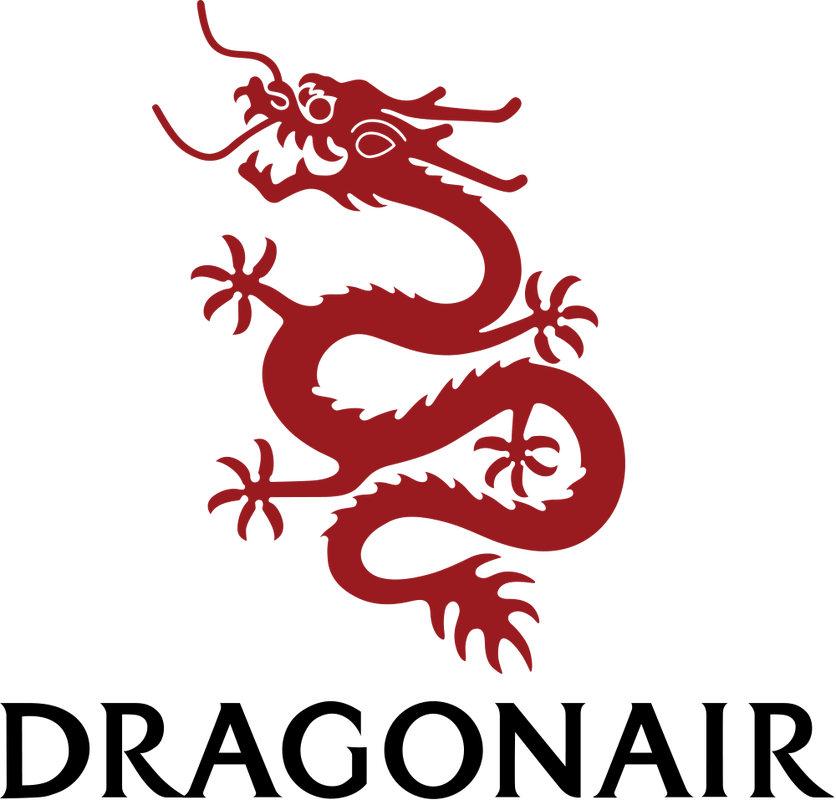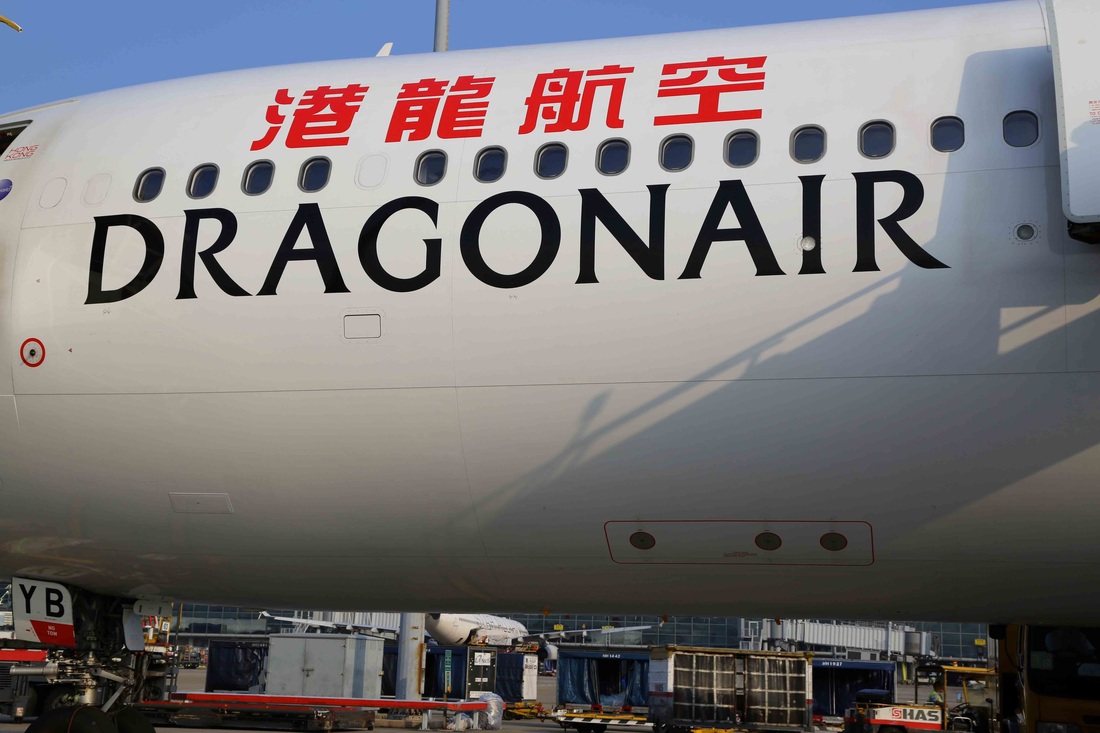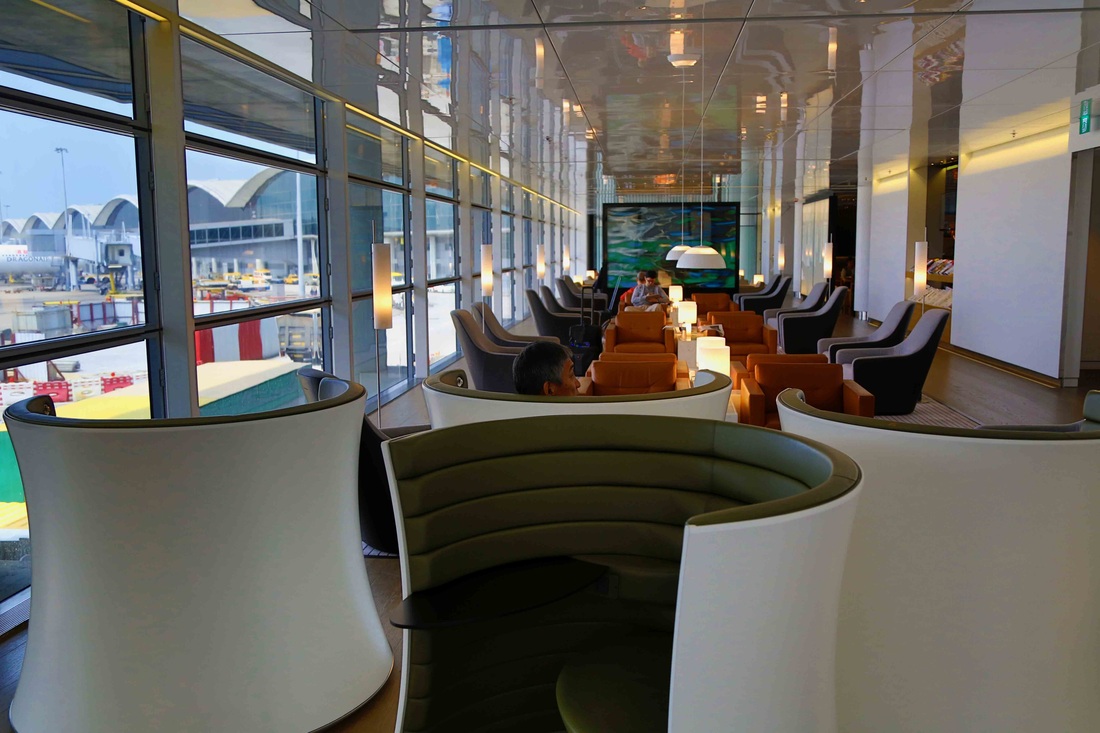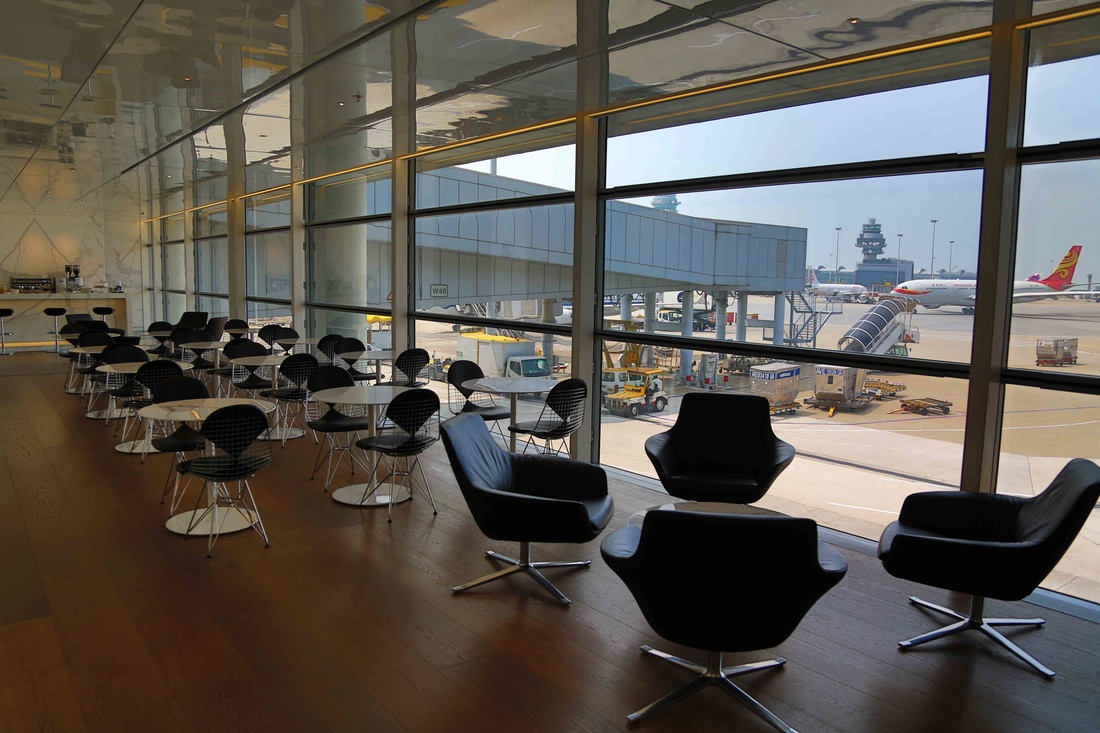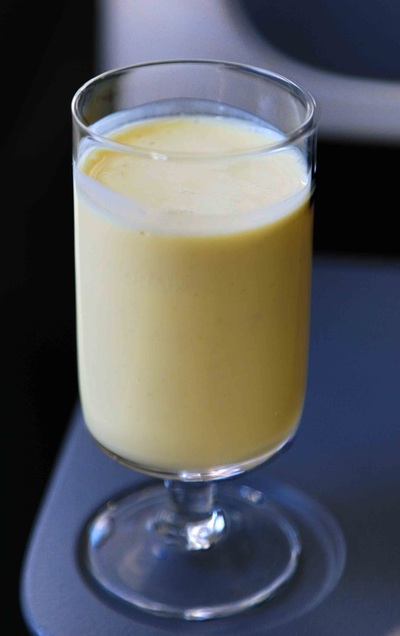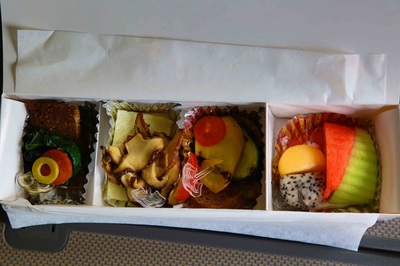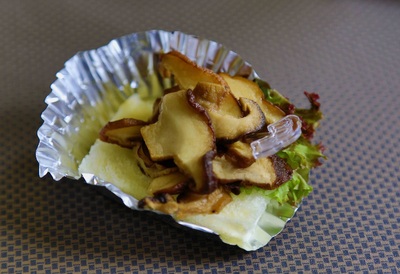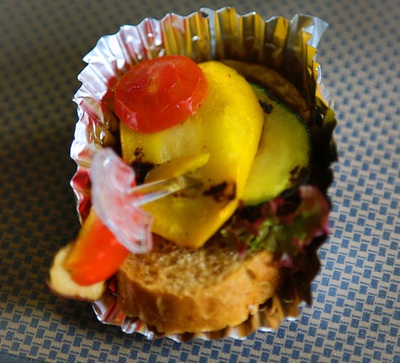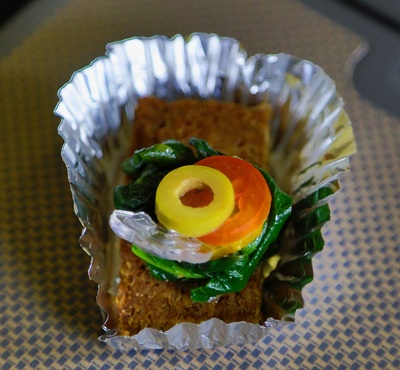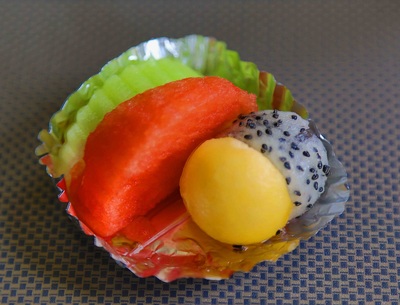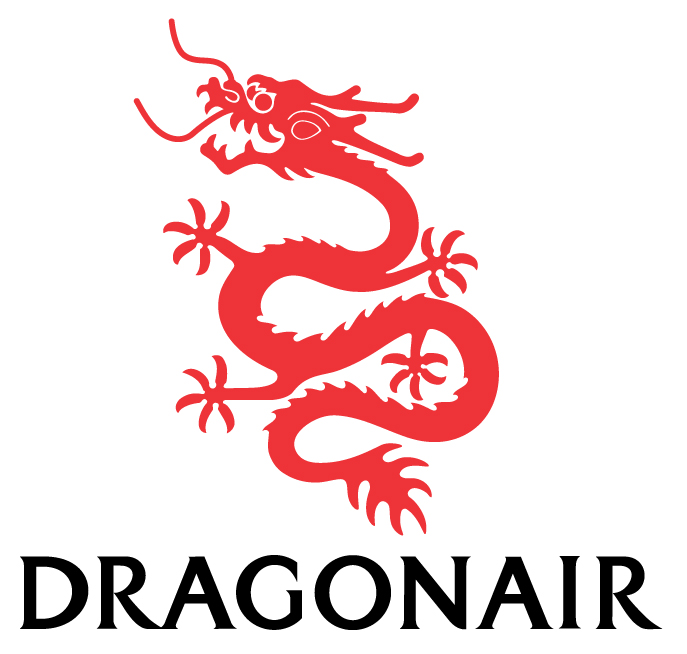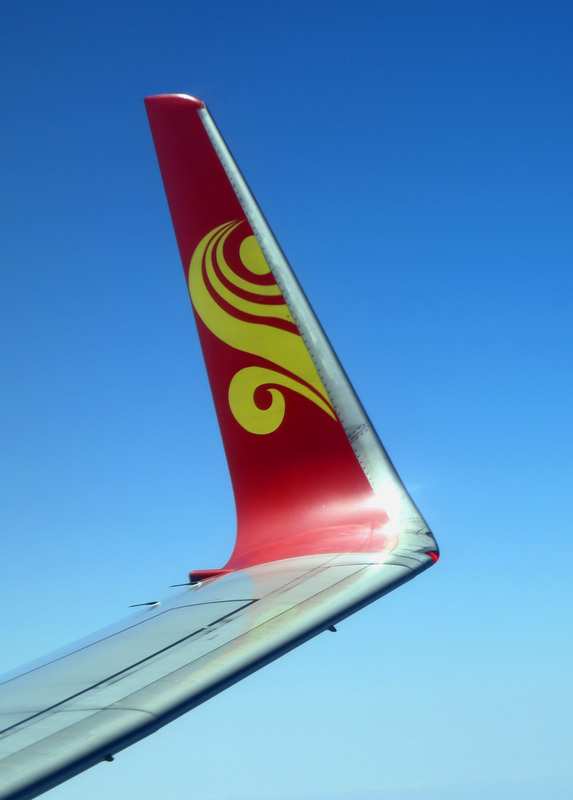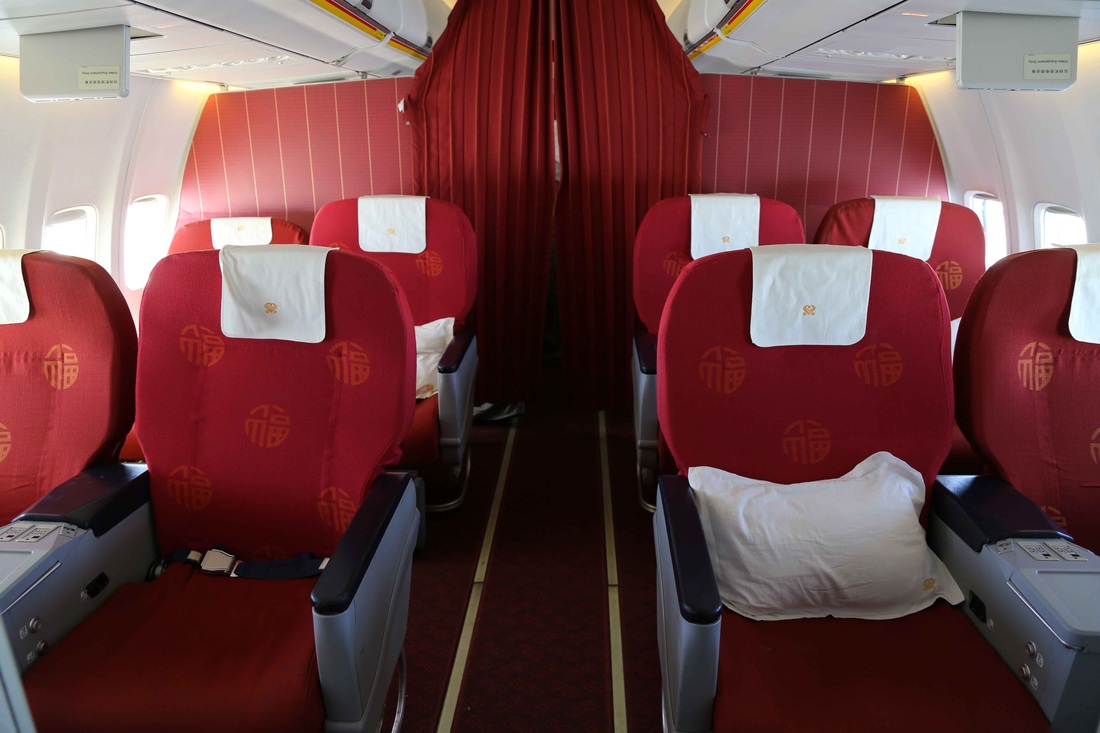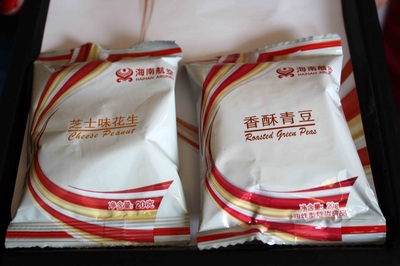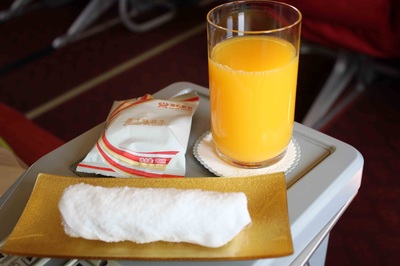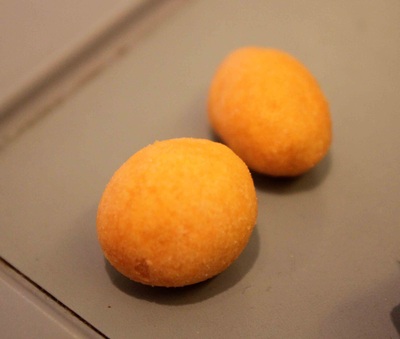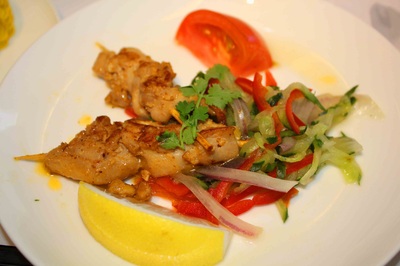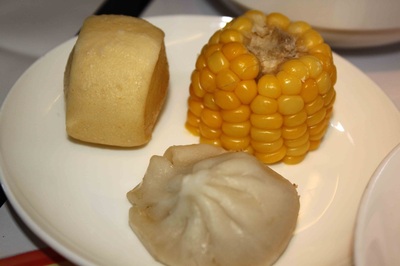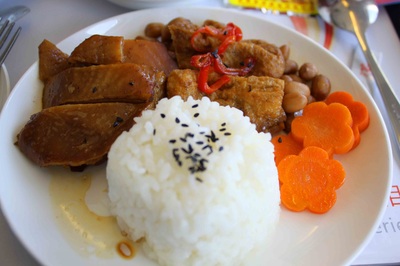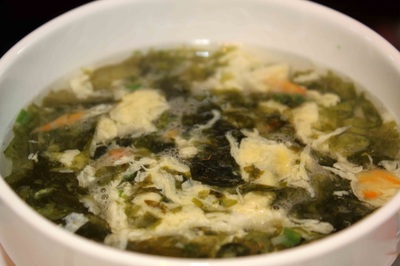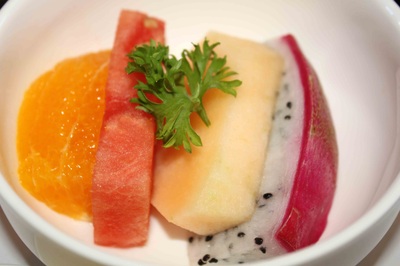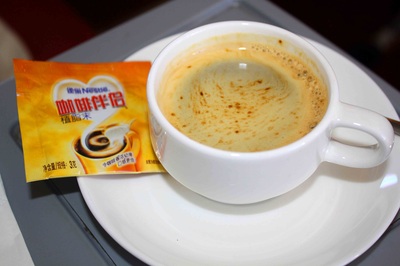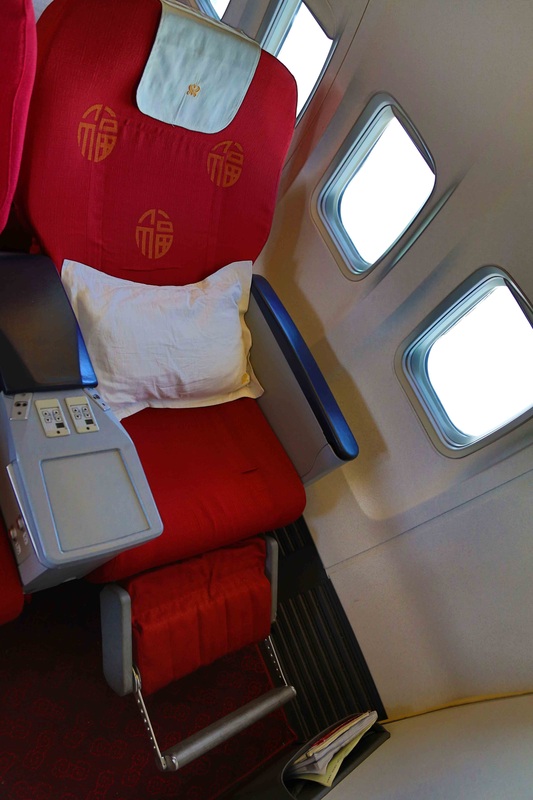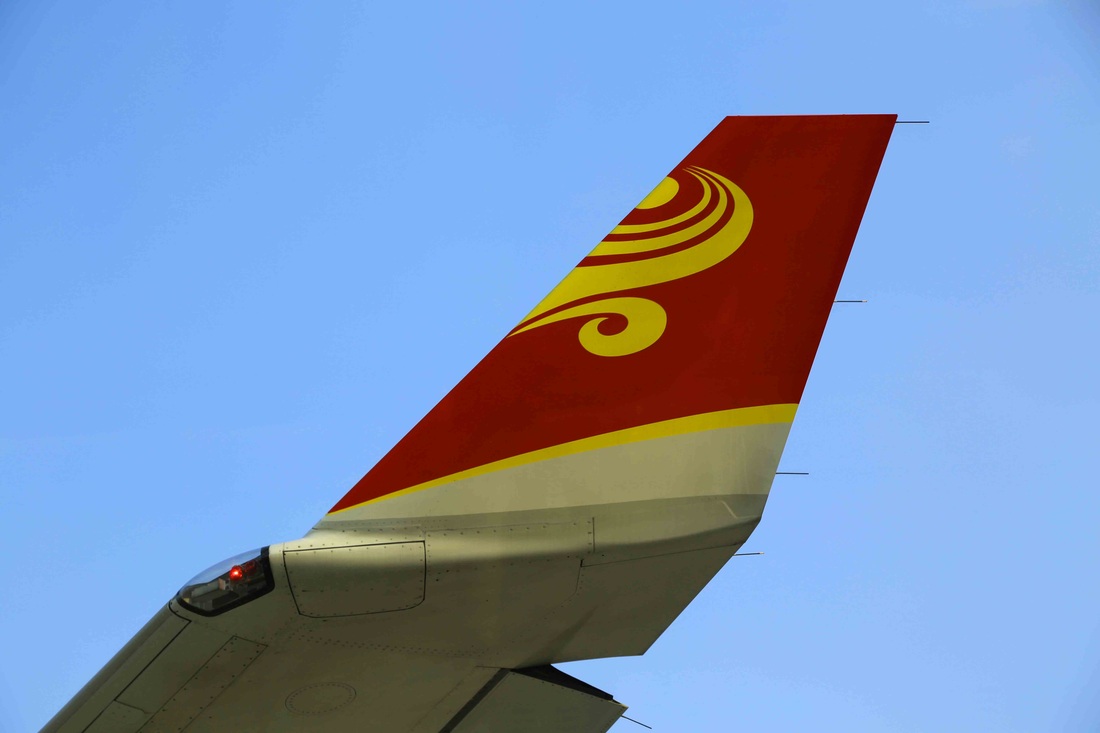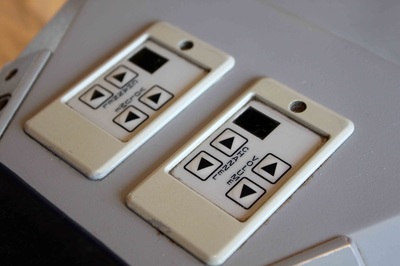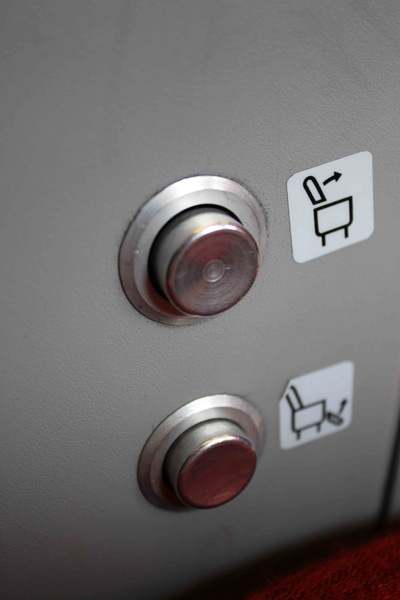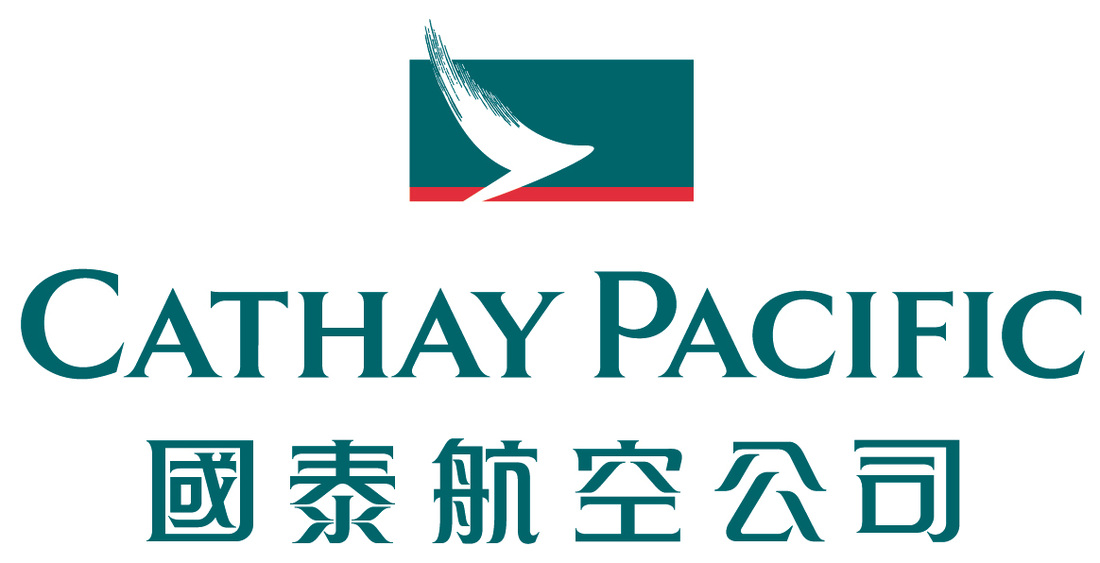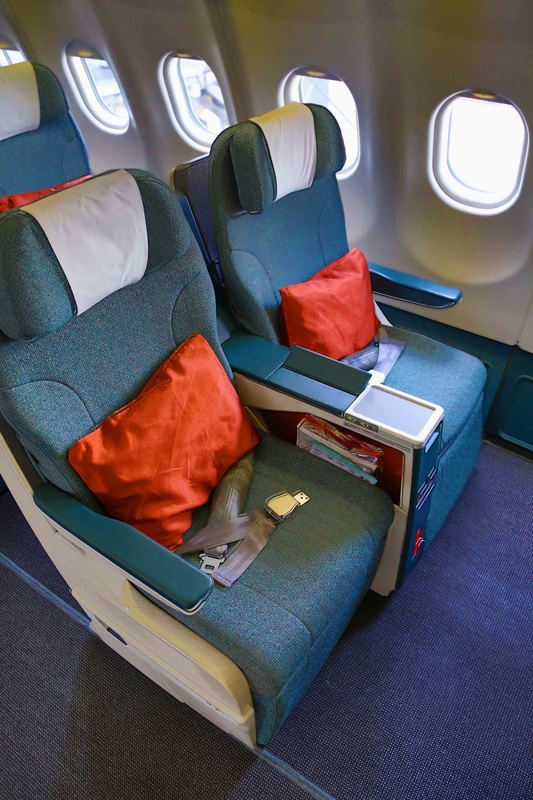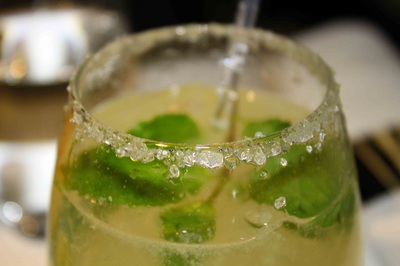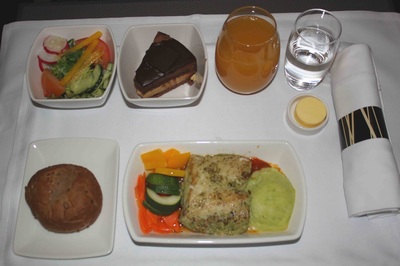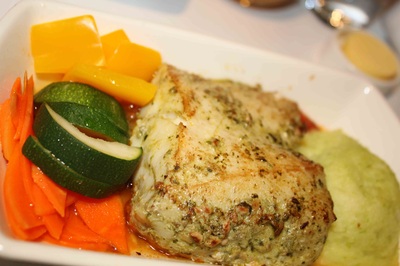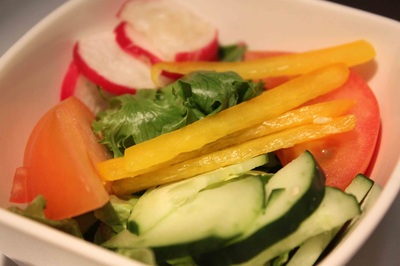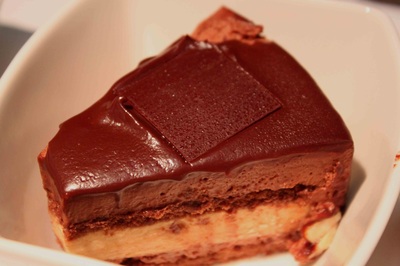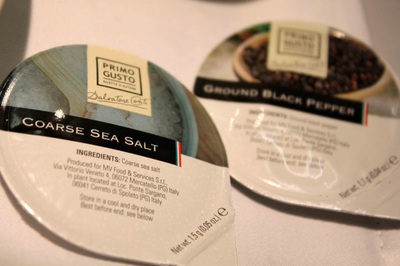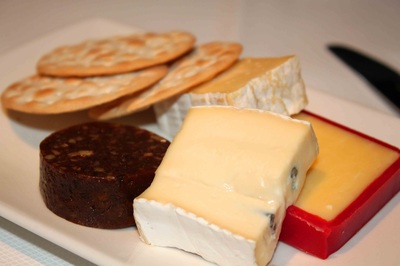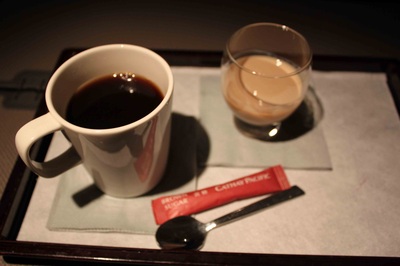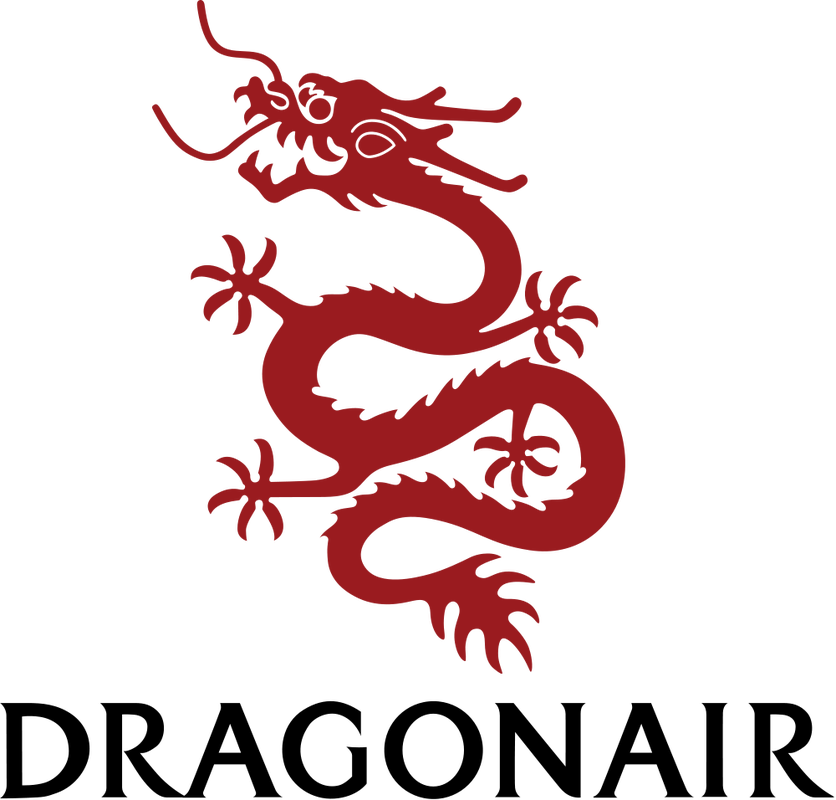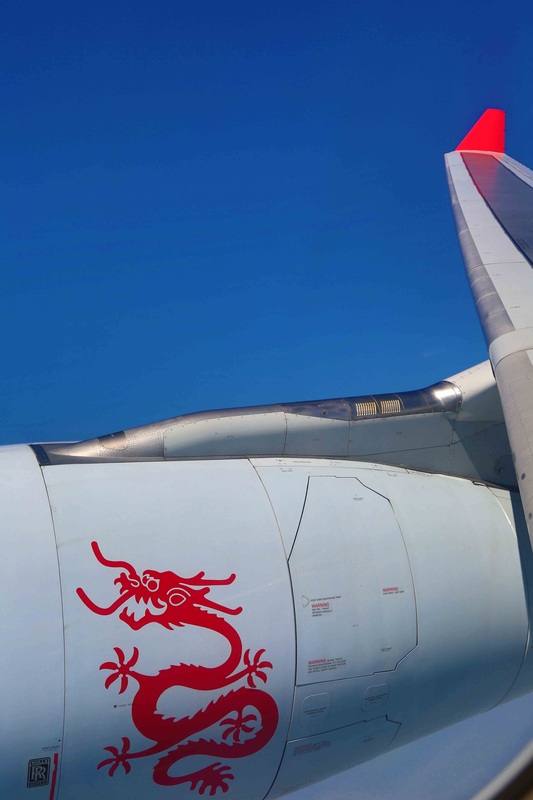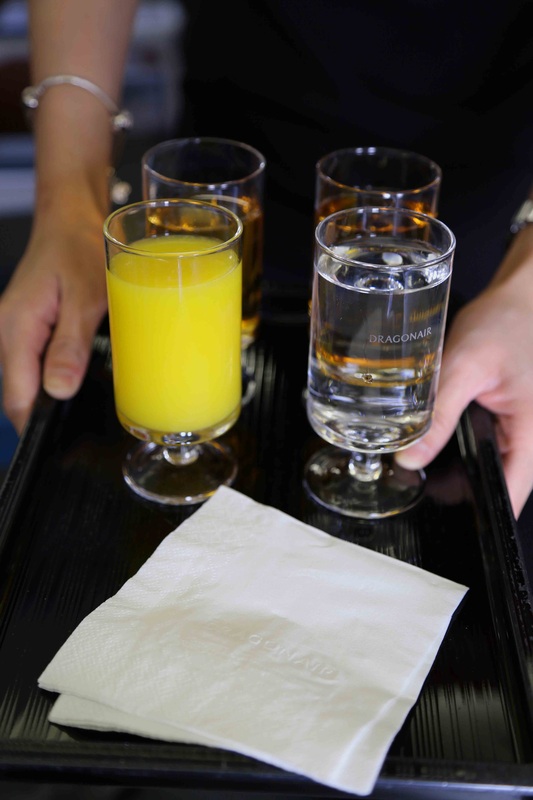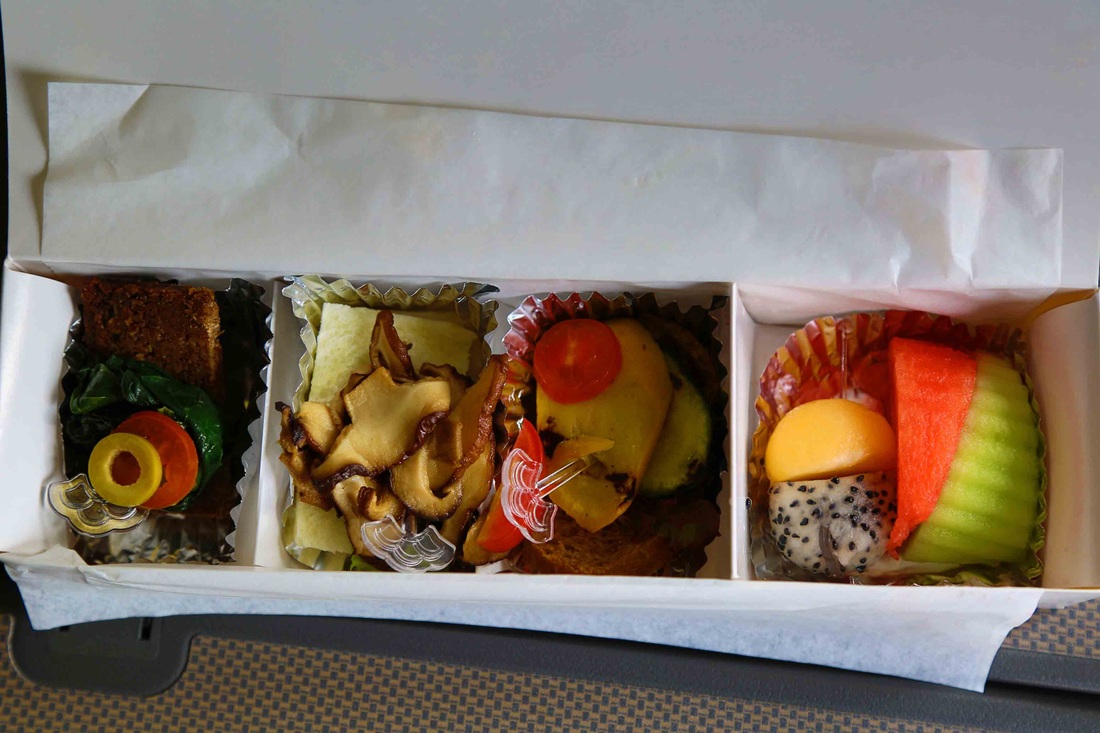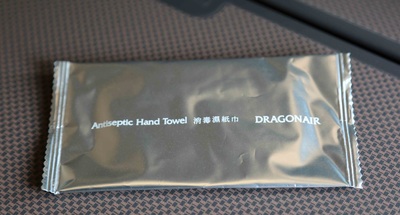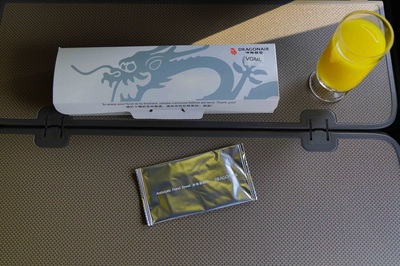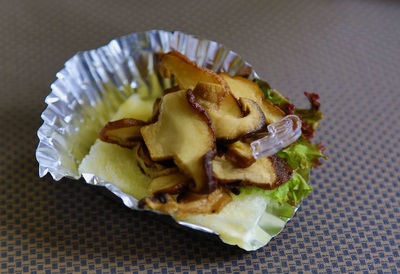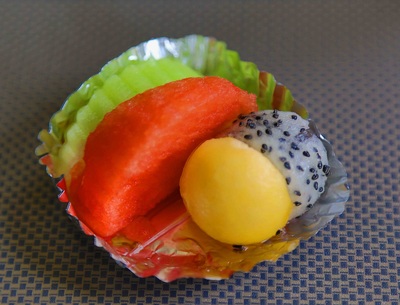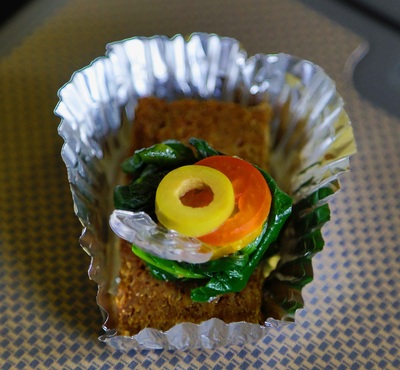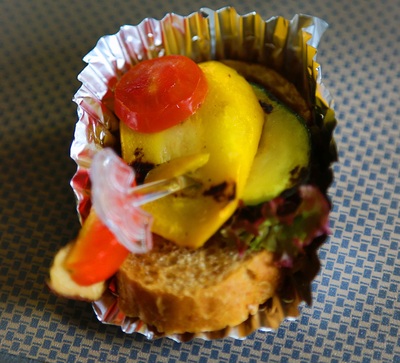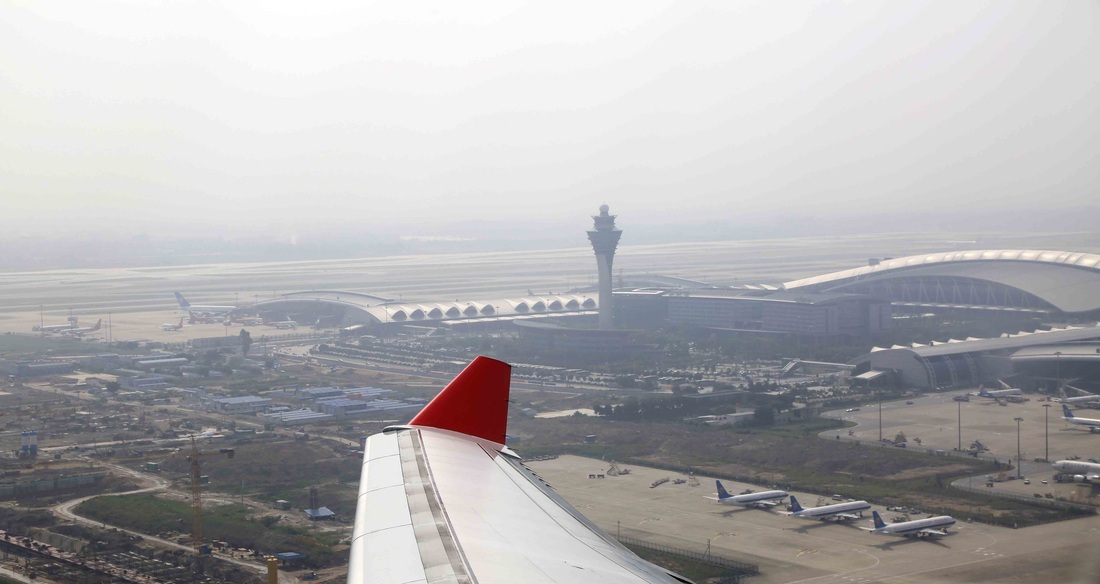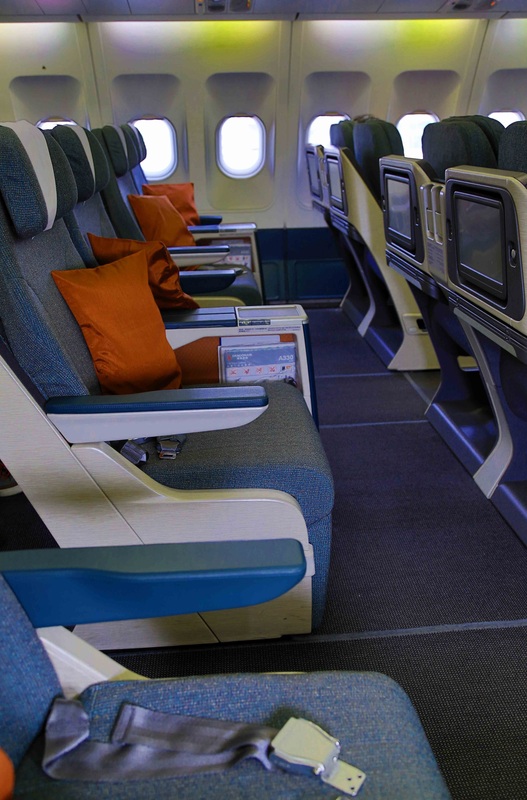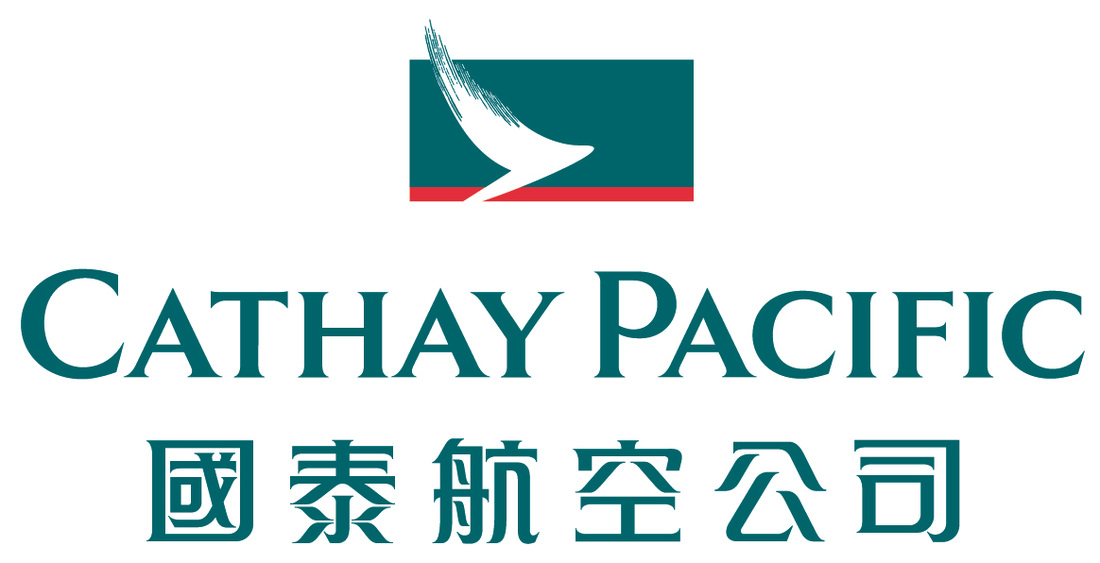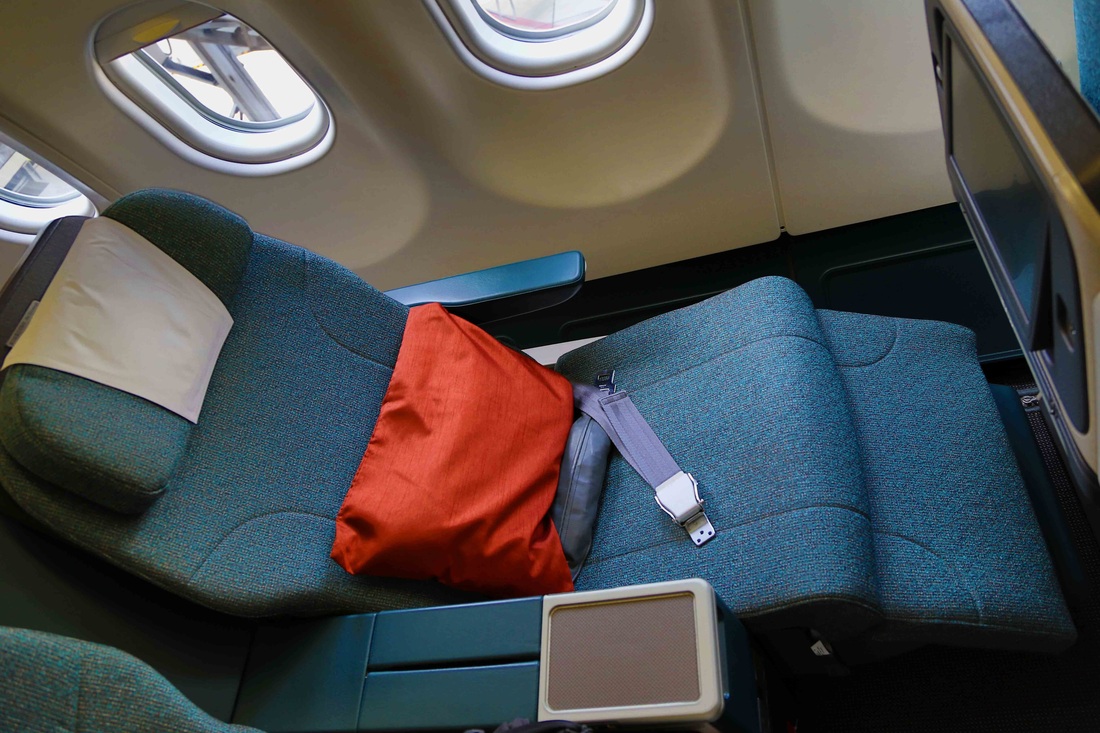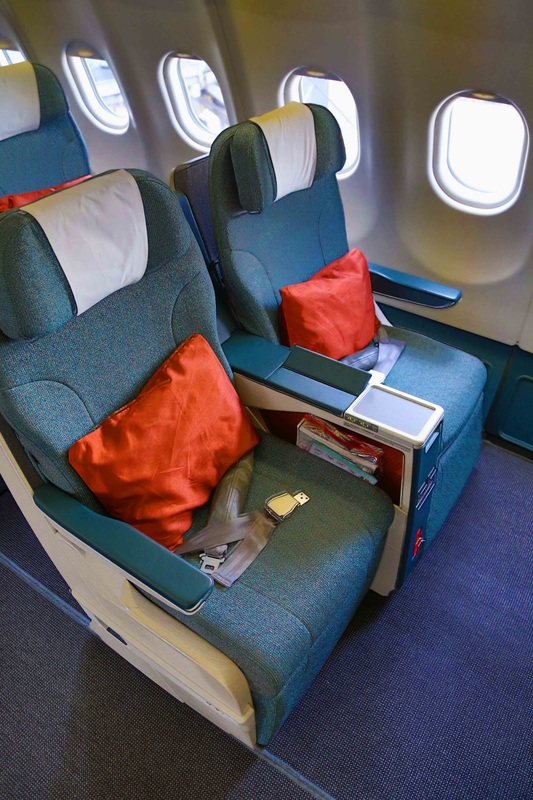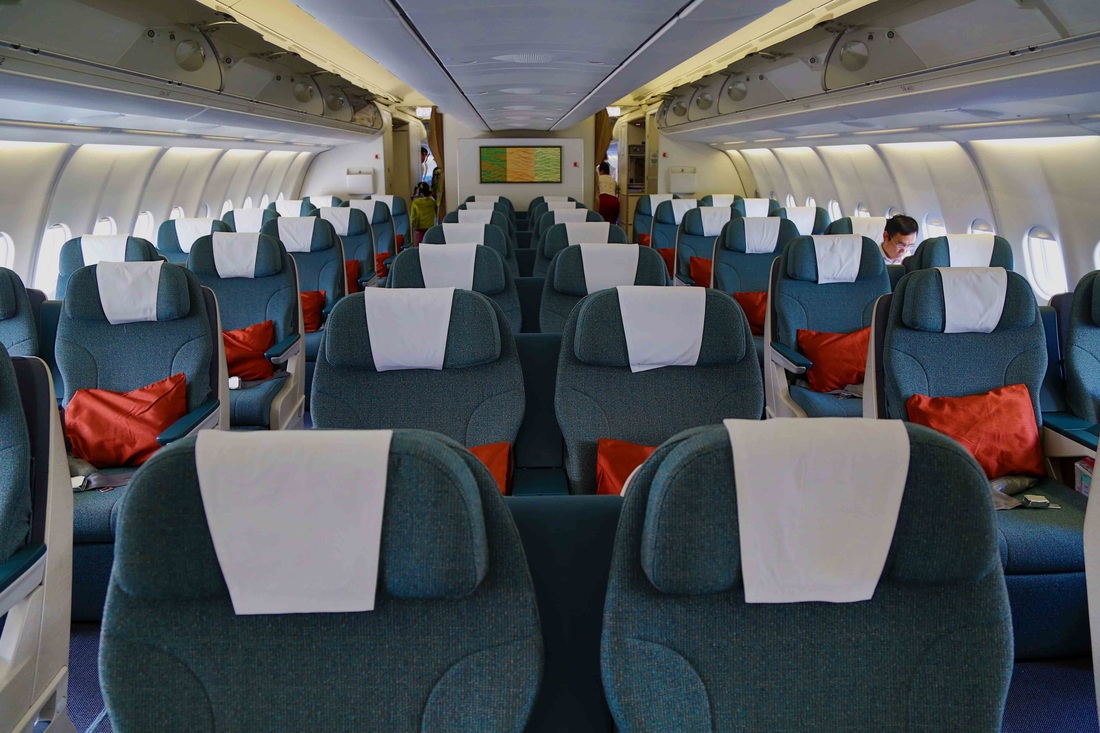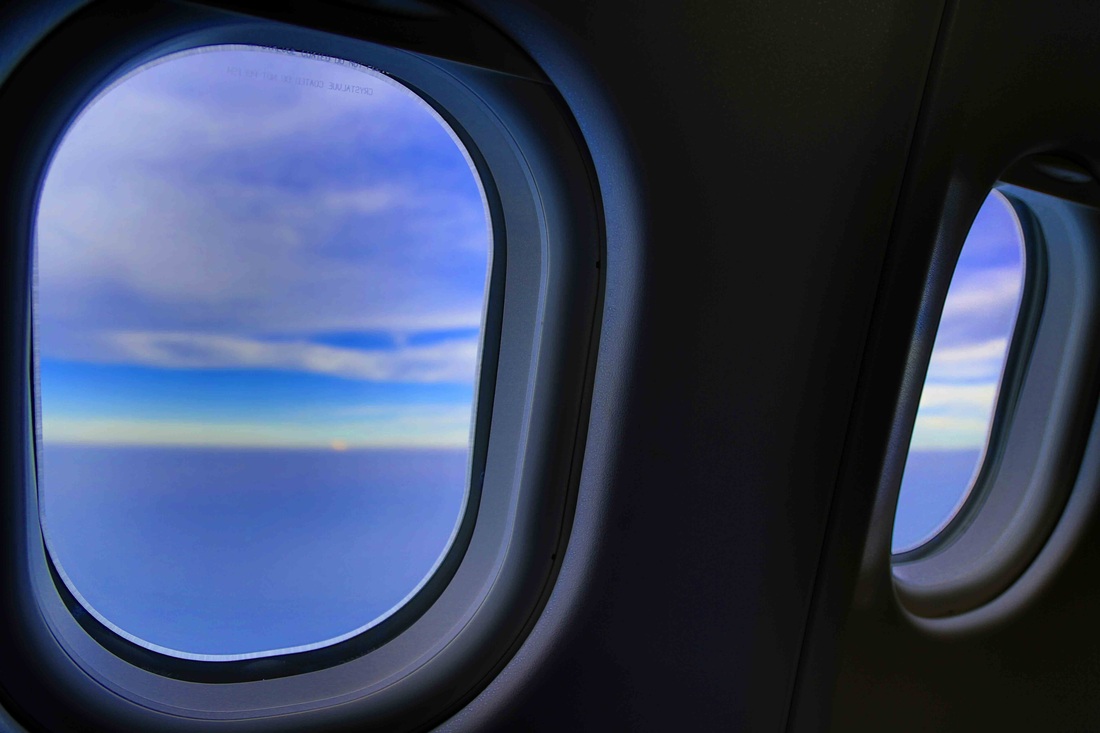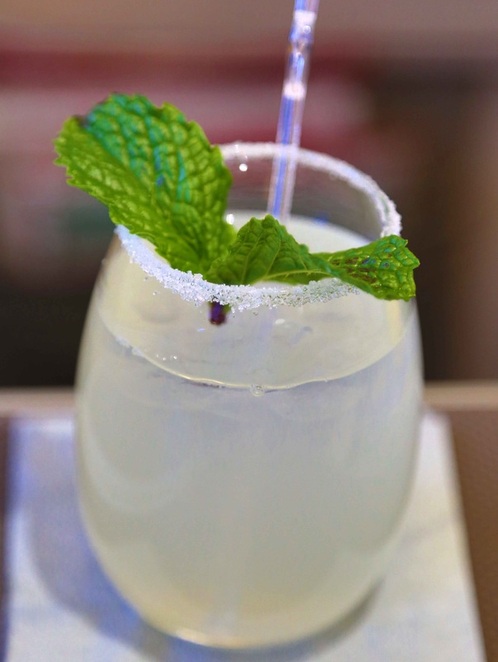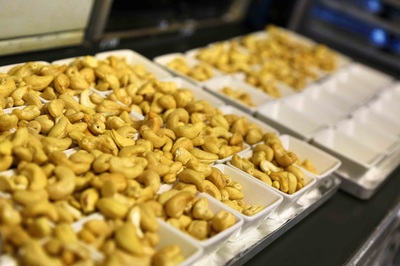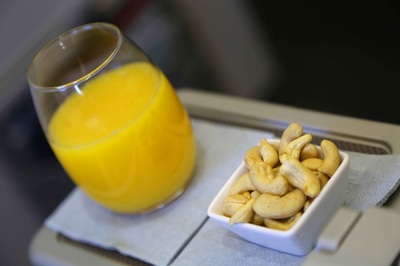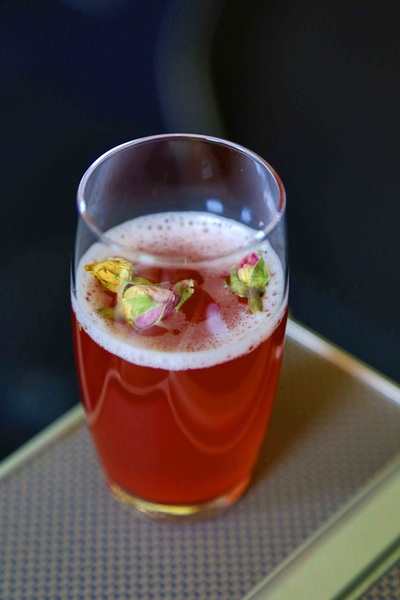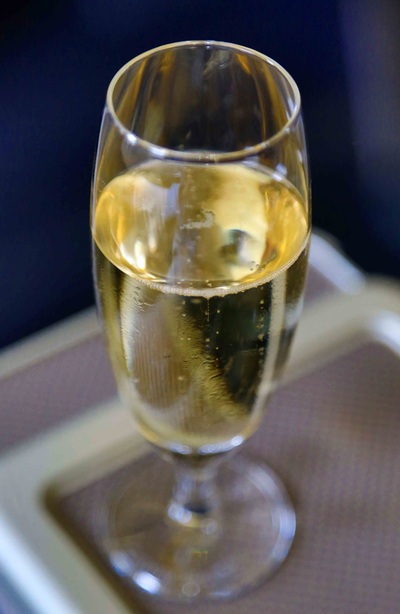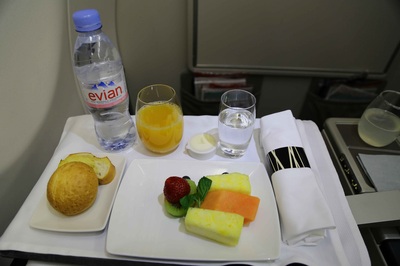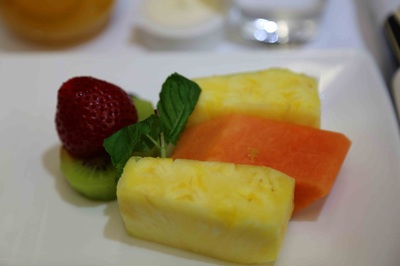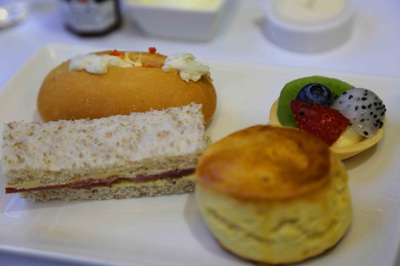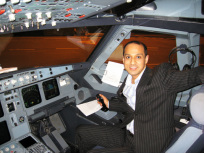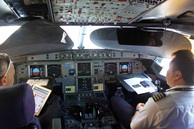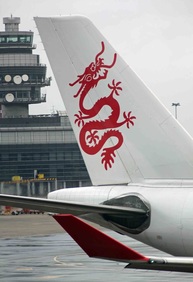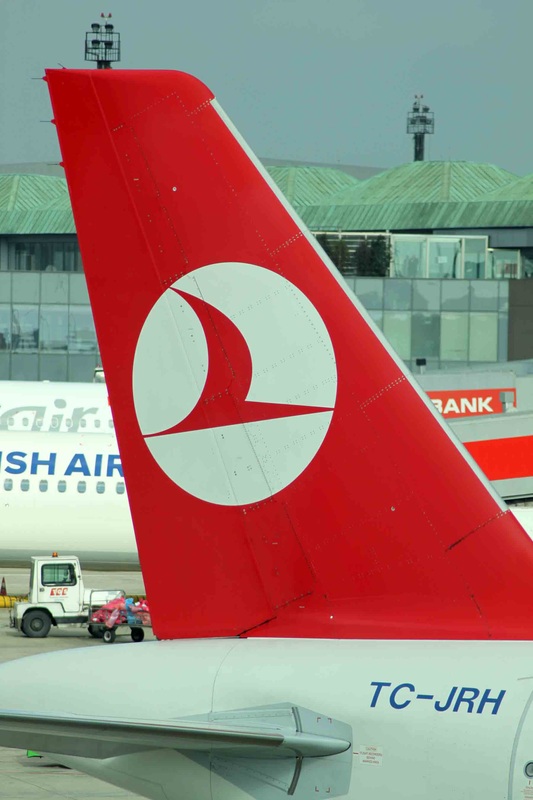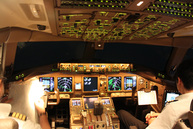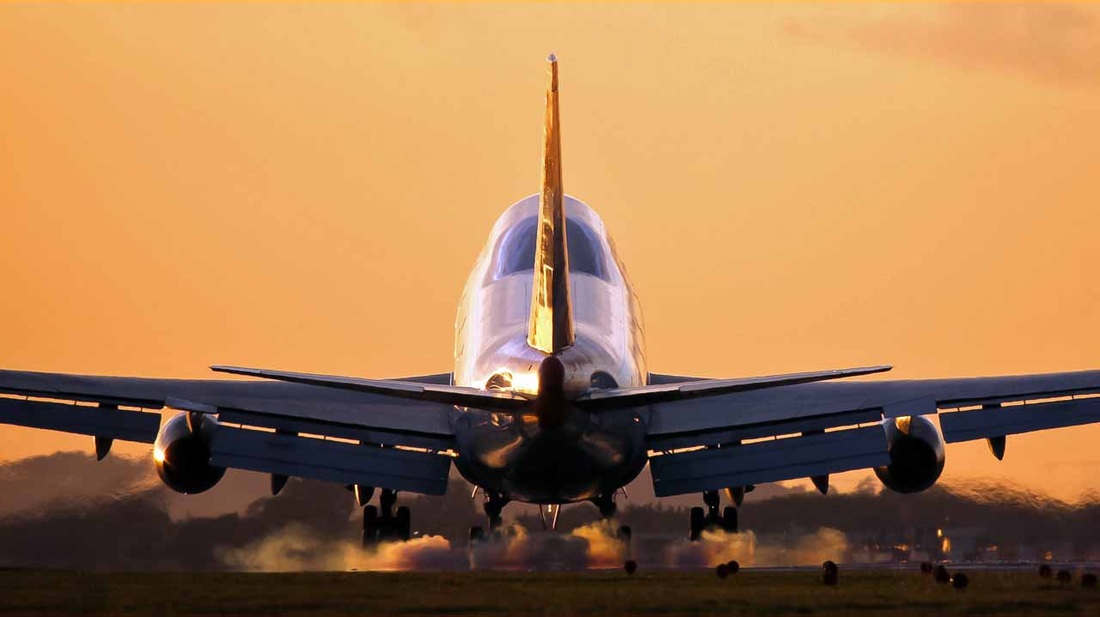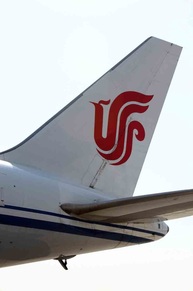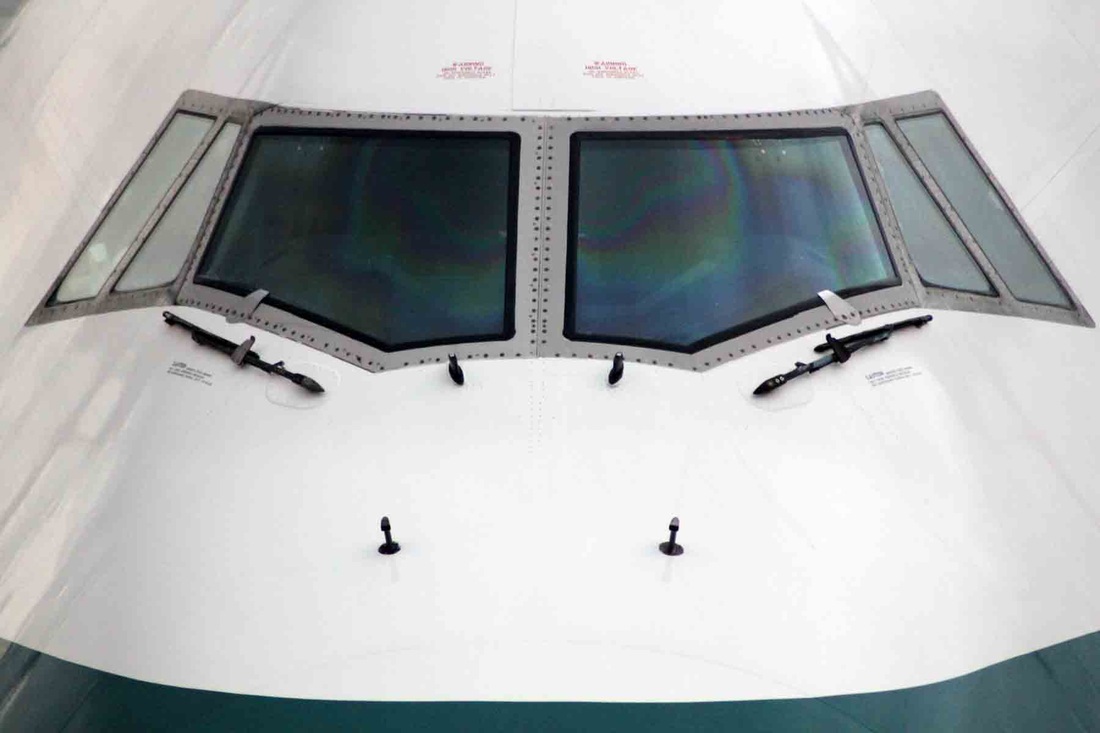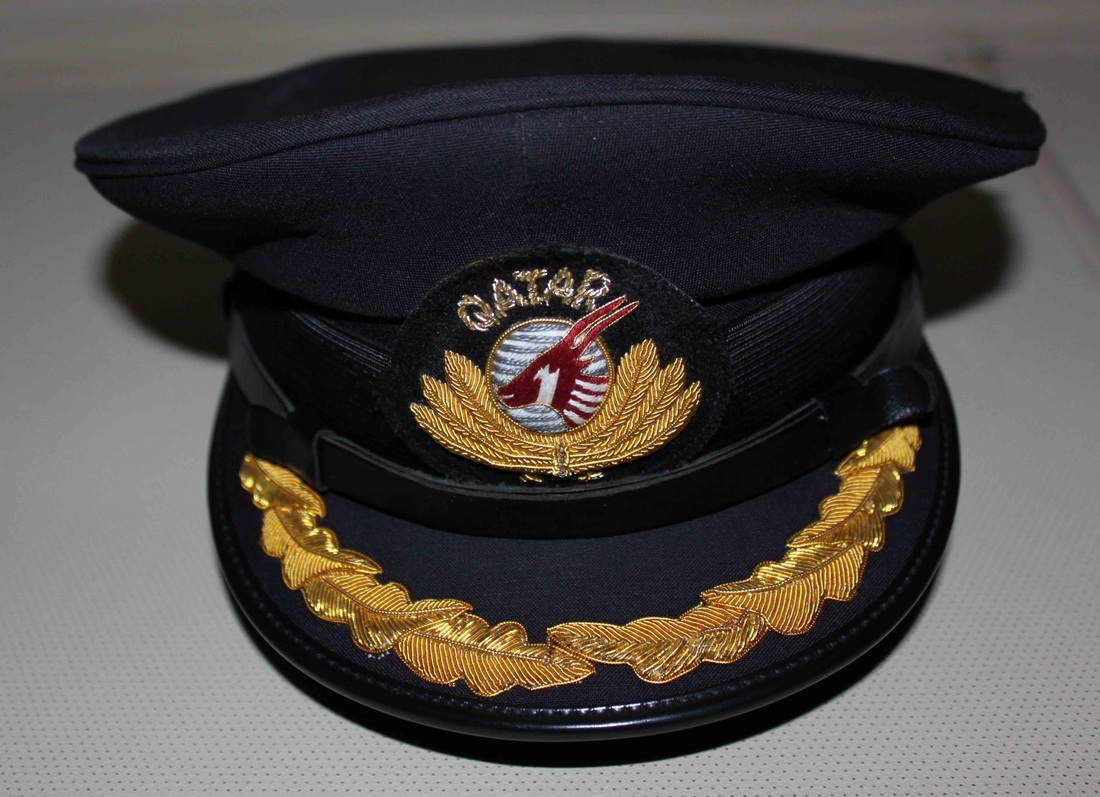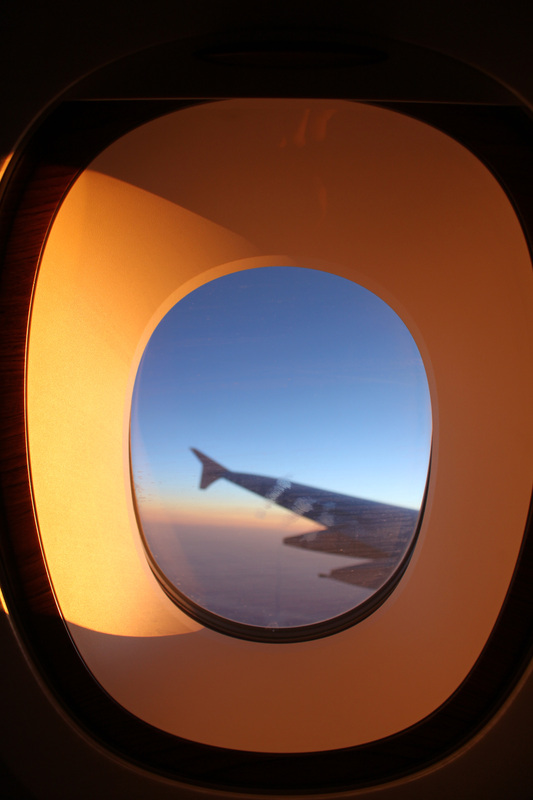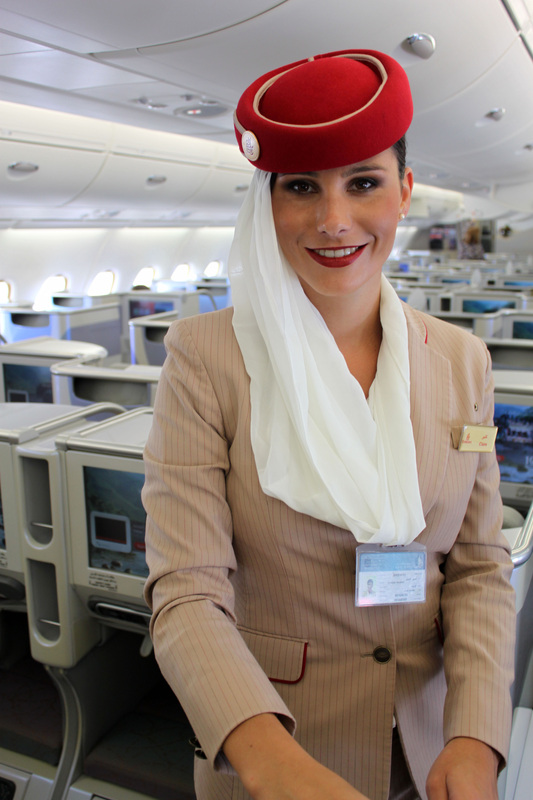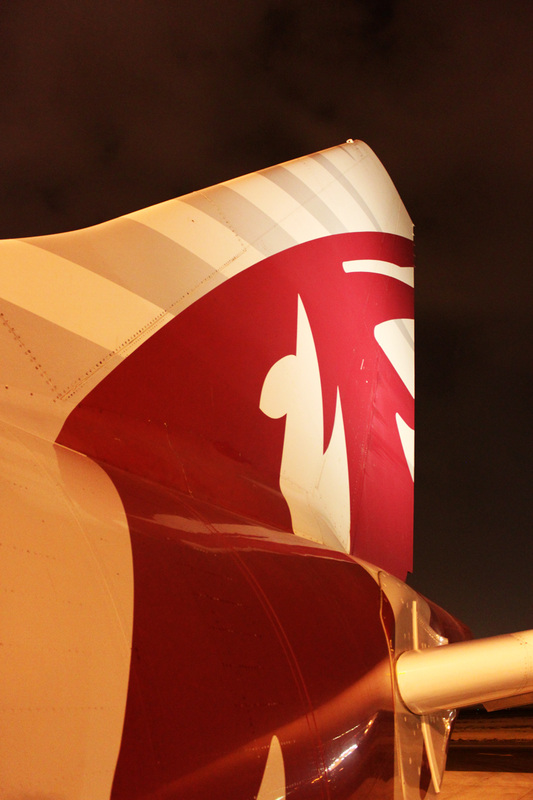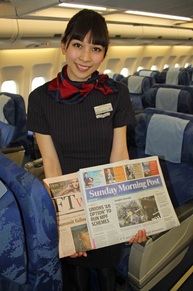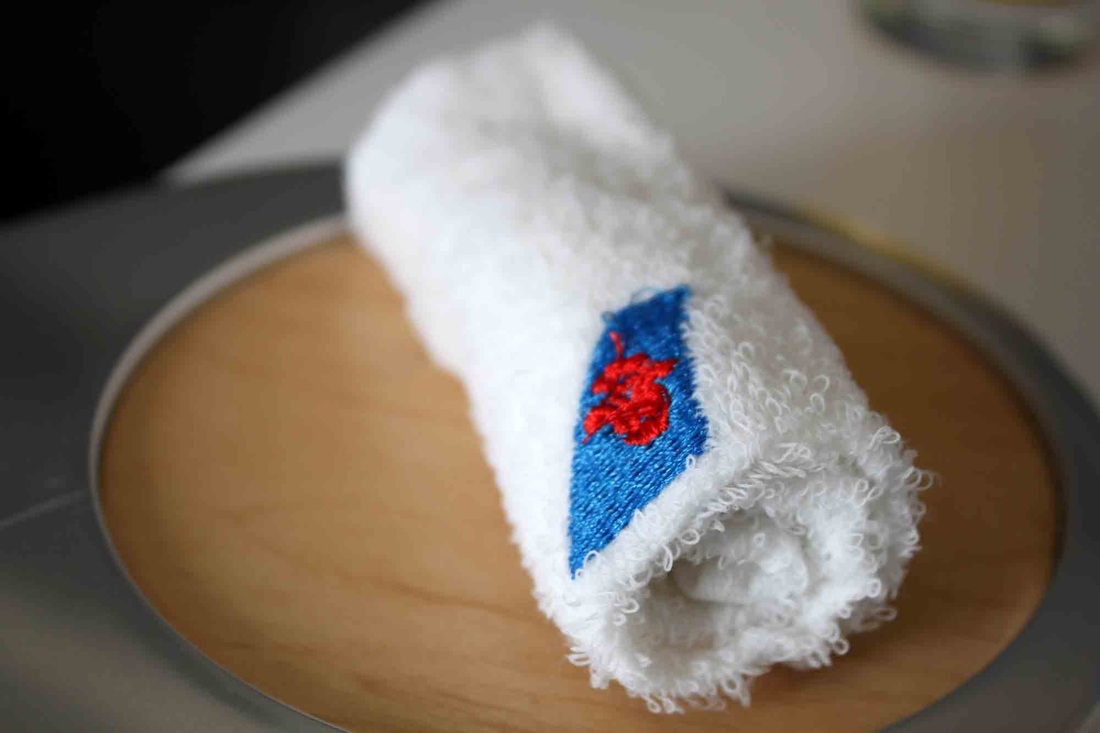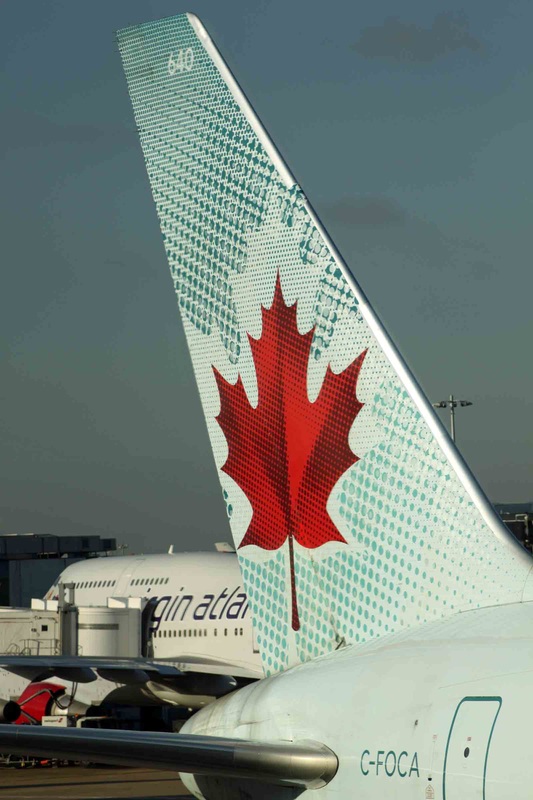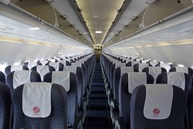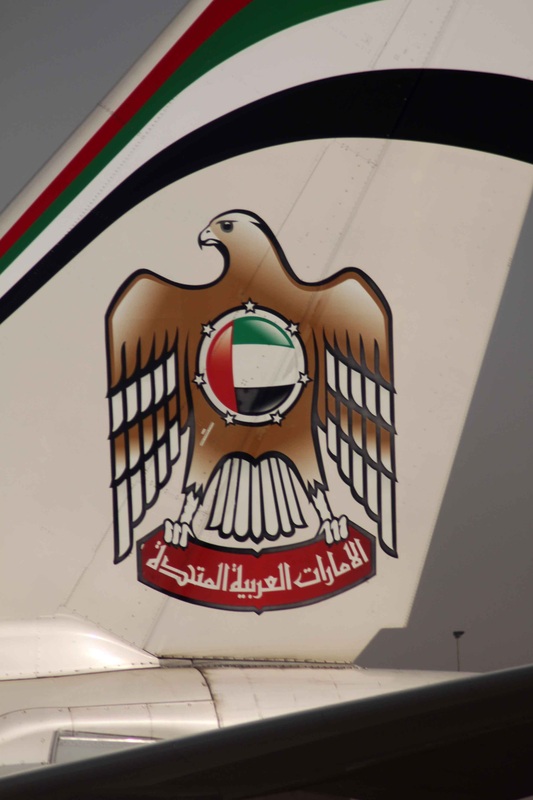|
Dragonair is an award-winning regional airline of Hong Kong, and is a proud wholly owned subsidiary of the Cathay Pacific Airways Group. Formed in May 1985, and having started services initially with just one Boeing 737-200 aircraft, Dragonair has in time become one of the world’s best regional airlines.
As a wholly owned subsidiary of Cathay Pacific Airways, the airline operates one of the youngest and most modern fleet with 36 aircraft on scheduled services to 41 destinations in Mainland China and elsewhere in Asia using three aircraft types: Airbus A330-330, Airbus A320-200, and the Airbus A321-200. The Airbus A330-300 aircraft come in three types of configuration: type 1 aircraft are designed to carry up to 284 passengers in three Classes. They are used on the Beijing and Shanghai routes; type 2 aircraft are designed to carry up to 315 passengers in two Classes. They are used on the Kaohsiung and Taipei routes; and type 3 aircraft are designed to carry up to 300 passengers in two Classes. They are used on the Dhaka, Bengaluru (Bangalore), Taipei, Kaohsiung and Qingdao routes. Cathay Pacific is a founding member of the Oneworld alliance, with its subsidiary, Dragonair, as an affiliate member. In 2011, Dragonair was voted the ‘World’s Best Regional Airline’ by Skytrax for the second consecutive year. The airline is renowned as a China expert, serving 20 cities in mainland China. Though the Hong Kong to Guangzhou route is only 30 minutes (can sometimes take around an hour depending on the air traffic), this route provides many connecting flights from Hong Kong to around the world with Cathay Pacific Airways or Dragonair. Guangzhou is home to millions of wealthy overseas Chinese diasporas (i.e. Canadian-Chinese, British-Chinese, Australian-Chinese, American-Chinese etc.), and so the Dragonair flight between Hong Kong and Guangzhou provides excellent and smooth connections, without the hassle of these passengers having to take hours to travel by train or bus First (and saves the headache of crossing the Hong Kong - Shenzhen border). Usually when I have flown between Singapore and Hong Kong, I have flown directly to Hong Kong (except one time in 2004 when I did take a connecting flight from Hong Kong to Guangzhou with China Southern Airlines on their old Boeing 757-200). I was flying from Singapore to Guangzhou with Cathay Pacific Airways (via Hong Kong), and so I decided to take advantage of this useful connecting flight from Hong Kong and Guangzhou. It turned out to be much better than I expected. If anyone is flying from Singapore (or other destinations around the world with Dragonair or Cathay Pacific Airways) to Guangzhou then I would highly recommend this connection because the quality of comfort, service, and the professionalism of the staff is one of the best in the world. Check it out: Departure date and time of flight: October 2014, 08:00am Flight number: KA782 ATC Callsign: Dragon Flight duration: 40 minutes Class: BUSINESS CLASS Aircraft type: Airbus A330-342 (18 aircraft of this type in service- although only 5 of those aircraft have a configuration same as this aircraft.) Aircraft registration: B-HLC Aircraft Serial Number: 99 First flight: 9th May 1995 (nearly 20 years old!) Aircraft delivery date: 4 April, 2011 (aircraft was previously with Cathay Pacific Airways since 1995) Aircraft engine types: Two Rolls Royce Trent 772-60 Frequent flyer programme: Marco Polo Club Seat configuration for this aircraft: 44 Business Class in a 2-2-2 configuration 267 Economy Class in a 2-4-2 configuration Punctuality of the flight/route taken: Departed on time, and landed on time as well. The short flight of around 73 miles provides a very non-scenic route from Hong Kong to Guangzhou because of the dusty and cloudy skies over Guangdong province. The flight leaves Hong Kong, and goes over Shenzhen, Dongguan, and then straight down towards Guangzhou approach (landing from either the city side, or the Baiyun mountainside). For this short flight, we climbed to 24,000 feet within 10 minutes, and then started the decent soon afterwards. I managed to capture some stunning photos of Shenzhen and Guangzhou on this route. Lounge experience at Hong Kong Airport: Cathay Pacific Airways and Dragonair have 5 lounges at Hong Kong Chep Lap Kok Airport for their First and Business Class passengers. They are: The Wing The Pier The Cabin The Arrival G16 Lounge As I arrived at gate 10 from Singapore, the nearest lounge that I could refresh myself at was the G16 Lounge. Like all of the other lounges, the lounge is on the 2nd floor, well placed like a gallery from where you can get panoramic views across to the airfield, and the gates. The G16 lounge houses nice showers, comfy sofas, and delicious food all throughout the day and night. There is no harm tucking into one of the best-made Cumberland sausages and Heinz baked beans after a 12-hour flight. Cathay Pacific Airways and Dragonair have made their lounges very welcoming and comfortable, and they do feed you well (so therefore, there is no need to run to the nearest MacDonald’s after you land at Hong Kong!). G16 lounge is mostly catered towards passengers flying with Dragonair, and that’s one of the reasons why the furniture also comes in lovely shades of imperial red or creamy yellow leather. Any baggage issues: No issues. Comments on check-in: I landed into Hong Kong from Singapore on Cathay Pacific Airways at around 5am. We docked at gate 10, and my onward connecting flight to Guangzhou was at 8am from gate 61 (which is around twenty minutes from gate 10- quite a walk!). There was no need to check-in, but all connecting passengers are smoothly ushered through a separate security channels. The Automated People Mover (APM) takes passengers between gates 20 and 40 quickly and smoothly. The whole journey from the G16 Lounge to gate 61 took around 15 minutes at the most. In-flight magazine: Silkroad (published by ACP Magazines Asia Limited) Comments regarding the pre-meal service: Business Class passengers were offered a choice of champagne, orange juice, strawberry smoothie, and banana smoothie out of a hand tray service provided by the crewmembers. A choice of either sparkling or still mineral water is also offered. There is a 500ml bottle of Evian water behind each Business Class seat. The signature drink to try is the ‘Dragon Sunrise’- a refreshing fusion of gin with fresh guava, and fresh lemon juice. All Business Class passengers are handed out hot hand towels just prior to the meal service. The towels have a lemon scent. Comments regarding the first meal: For such a short flight, there is no formal meal service. It only takes around 10 minutes after take-off before the Captain announces that we are going to commence the decent into Guangzhou! Dragonair offer scrumptious on-board menu choices that are changed every two weeks. Business Class passengers are presented a box containing four types of assorted cold canapés and fresh fruit. On this flight, my box contained: · Pumpernickel with spinach and tomato · Exotic mushrooms and salad · Roasted vegetables on wholemeal bread · Fresh fruit (cute slices of strawberry, mango, watermelon, and melon) Though not required for such a short flight, food is usually served on stylish china tableware specially adapted from the Lifestyle collection of Wedgwood from the UK. To enjoy the food at its freshest, it’s best to consume it before landing. Comments regarding the drinks service: A second round of drinks was offered after the meal. This included 12 kinds of coffee and tea that should be enough to make anyone spoilt for choice. Should any passenger want wine or champagne (even if it is the morning!), then these drinks are served in exclusively designed glassware. The champagne is provided by the award-winning Piper-Heidsieck Brut. The wine list for this flight included: White Wines: Macon Villages Blanc, Vaucher Pere & Fils, Burgundy 2010, France Wente Morning Fog Chardonnay, Livermore Valley & San Francisco, California 201, U.S.A. Red Wines: Cotes de Duras, Baron de Venzac 2012, France Luis Felipe Edwards, Family Selection, Gran Reserva, Shiraz 2012, Chile. Some of the specialities on Dragonair include: Fook Ming Tong Chinese tea, Fujian oolong tea, Hong Kong style milk tea, Fuding jasmine silver fur tea, and freshly brewed coffee. Comments on the in-flight system (if any): Each seat features a 10.4" personal video screen (same size in both Economy and Business Class cabins). Each flight has a choice of 10 PTV video channels and 16 audio channels from Dragon On Air in-flight entertainment programming. However, on such a short flight, there was hardly any need to watch any programs, except for the moving map which is also displayed on the huge screen at the front of the cabin. The playback music that welcomes passengers while on boarding and while disembarking the aircraft changes every month. For this particular flight we had ‘Dance on the Moon’ by Patrick Kelly (on boarding), and ‘Dream of the Pink Zebra’ by Suzanne Ciani; Young Russia Orchestra. It's a much better selection than what you get on the majority of the airlines in mainland China (which usually involves having to listen to Kenny G's 'Going Home). Nothing against Kenny G, and nothing against his music, but do you really want to listen to just ONE tune every-time a plane lands and take-offs, and on every flight?! All aircraft have the Airbus KID 110V AC SkyPower in-seat power outlet for laptop computer and portable electronic devices in every seat. This requires no adapter cable. Dragonair was the First airline to offer this technology within the operational network for mainland China. Comments of professionalism of the cabin crew: The staff are very proud of their brand image and represented their airline at the highest level possible. When under a situation of high pressure, the staff seemed to act with professionalism and integrity. The cabin crew uniform design consists of a black blouse with thin red stripes, and a neck silk scarf in navy blue and red colours. Dragonair's current uniforms are designed by renowned Hong Kong designer, Eddie Lau. Comments on the interior of the aircraft (including seat comfort): For A330-300 on which I was flying, the Business Class cabin accommodates 44 passengers in a 2-2-2 seat design while Economy Class cabin caters for 267 passengers in a 2-4-2 setting. The seats in Economy Class on the Airbus A330-300 have a pitch of 32” recline, and are 17.5” wide. The seats in Business and Economy Class are manufactured by various suppliers: BE aerospace, Zodiac France, Geven aircraft seating, Recaro Aircraft Seating, while those in First Class are manufactured by Zodiac. Business Class seats on the Airbus A330-300 have a pitch of 63” recline (flatbed), and are 26.5” wide. The minimum in-flight sleeping angle is of 6.8° (when airborne). Each seat has an extendable leg rest, and a footrest, as well as a six-way adjustable headrest. The Business Class seat is ergonomically designed to be comfortable whether the passenger is working or relaxing. The Business Class cabin is upholstered in a refreshing and contemporary aqua blue; while the Economy Class is upholstered in shades of aqua blue, imperial red, and sky blue. Dragonair logo and brand livery Dragonair’s livery consists of having an all white fuselage, and underbelly. The tailfin consists of a imperial red dragon against a white background, and the same design is applied to the engines. At the front of the fuselage, just before the First cabin door, and below the cabin windows the words ‘DRAGONAIR’ are printed in English, in black ink and in capital letters; while the Chinese equivalent is printed in imperial red ink, and above the cabin windows (above the English words). The tips of the wings are coloured in imperial red ink. Below the tailfin, just in front of the back cabin door, is the flag of the Swire Group. The current Dragonair logo, modified from the previous version, was introduced in 1993 coinciding with the delivery of Dragonair's new fleet of Airbus A320s back then, with a new livery. The livery design gives a streamlined and contemporary look that reflects the dynamism and energy of the airline. Aircraft are given a pristine, overall white look, with the Dragonair name in clean black lettering. Red is used in the Chinese version of the name and in the dragon motif, in a strong and sophisticated shade. The cabin crew uniform design consists of a black blouse with thin red stripes, and a neck silk scarf in navy blue and red colours. While Dragonair has been a wholly owned by the Cathay Pacific Group since September 2006, the airline continues to operate as a separate airline under its own Air Operator’s Certificate. The Dragonair brand remains unchanged and the airline’s own 2,400 staff consisting of cockpit and cabin crew flies its own aircraft in the existing livery. In 2010, Dragonair celebrated its 25th anniversary, and to mark the auspicious occasion, an Airbus A330-300 was painted in a special livery with the red dragon painted across the whole fuselage against a backdrop of Hong Kong’s skyline in green. Just under the cockpit windows it writes ‘Hong Kong’ in capital letters, and there is a painting of the famous Hong Kong Star Ferry. HAINAN AIRLINES (Guangzhou Baiyun International to Hangzhou Xiaoshan), FIRST CLASS, BOEING 737-80010/6/2014
Route: Guangzhou Baiyun Airport to Hangzhou Xiaoshan Airport
Departure date and time of flight: 10:50am, October 2014 Flight Number: HU7361 Callsign: Hainan Flight duration: 2 hours 20 minutes Cabin: First Class Aircraft type: Boeing 737-84P Aircraft in service: 98 Aircraft registration: B-5636 Engines: Two CFMI CFM56-7B26 First flight: 06/01/2012 Aircraft serial number: 38149 LN:3889 Punctuality of the flight: The flight departed around 20 minutes late due to the morning rush hour in Guangzhou. We were behind a whole host of big jets such as a couple of Air China A320s, China Southern 777s, and even Hainan Airlines A330s. Rush hour at Guangzhou can be hectic. Both Runways 02L and 02R are used for take-offs (depending on wind). We departed from Runway 02L. The flight route provided some fabulous views across to the horizon, and even had splendid views when coming into land at Hangzhou. Comments on check-in: My flight into Guangzhou with Dragonair from Hong Kong was delayed. Therefore, because that was an international flight, I had to transfer to a domestic flight to catch this flight to Hangzhou. The sheer scale of Guangzhou airport can test one’s health limits. I had to run as fast as I could. After that 10 minute sprint with all the heavy luggage and clothes, not only was I sweating like a pig, but was also feeling as if I had been to the gym in my suit! But after I arrived at the domestic check-in, everything went perfectly smoothly afterwards. Comments regarding the pre-meal service: Just drinks (non-alcoholic), and including tea and coffee. Comments regarding the first meal: For this two-hour flight, a Chinese lunch was offered in the First Class cabin. A tray containing hot dishes including: A starter dish consisting of corncob, dumpling and mantou Hainan style chicken satay with salad and lemon slice Hainan style chicken with fragrant rice Egg and seaweed soup Freshly cut exotic fruit (dragon fruit, melon and water melon) The above dishes were accompanied with tea or coffee. Comments regarding the drinks service: A second round of drinks were offered before (orange juice and water), during, and after the meal. No alcohol, but plenty of milk, coffee and tea. There was also apple juice as well. Comments of professionalism of the cabin crew: The cabin crew seemed proud to work for Hainan Airlines and were very welcoming. The passengers in First Class were kept well informed of any delays, and even the weather situation in Hangzhou. The Captain was kind enough to inform me of the Runway that we were going to land on so that I can take photos of the city. Comments on the interior of the aircraft (including seat comfort): The brand new Boeing 737-800 aircraft with winglets belonging to Hainan Airlines had a seat configuration of 2-2 in First Class and a configuration of 3-3 in Economy Class. The plane was very clean and had a fresh smell to it. Economy Class seats have a pitch of 31 inches, and a width of 18 inches (139 seats) First Class seats have a pitch of 38 inches, and a width of 21 inches (20 seats). Cathay Pacific Airways is an international award-winning scheduled airline registered and based in Hong Kong, offering passenger Cathay Pacific serves 168 destinations in 42 countries and territories on five continents, with a well-developed Asian network. The airline serves a number of gateway cities in North America and Europe, with easy connections with its Oneworld and codeshare partners, American Airlines and British Airways via Los Angeles and London, respectively. The airline also has access to over 17 destinations in China through its subsidiary, Dragonair. Cathay Pacific is an official SkyTrax 5-star airline.
The company was founded in Hong Kong in 1946 by two visionaries, Roy Farrell and Sydney de Kantzow, who both paid HK$1 apiece to register the airline. They named the airline, Cathay Pacific Airways. Cathay is the ancient name for China, while Pacific was named because far-sighted Farrell believed that one day the airline might fly across the Pacific Ocean. The airline initially started services with two US Army surplus Douglas DC-3 Dakota aircraft: Betsy and Niki. The former aircraft, Betsy is repainted in her original 1940s livery, and is suspended from the ceiling at the Hong Kong Science Museum. Cathay Pacific Airways remains deeply committed to its home base, and has in recent years made substantial investments to develop Hong Kong as one of the world’s leading international aviation hubs. In addition to its fleet of 136 aircraft, (includes 26 cargo freight aircraft), these investments include catering and ground-handling companies and the corporate headquarters at Hong Kong International Airport. Cathay Pacific continues to invest heavily in its home city and has another 94 new aircraft due for delivery up to 2019 (including the 48 A350-XWB (Extra Wide Body)). The airline is also building its own cargo terminal in Hong Kong that will begin operations in early 2013. Cathay Pacific is also investing heavily in its freighter aircraft, with six Boeing 747-400ERFs, and 10 new generation Boeing 747-8Fs being scheduled for delivery by the beginning of 2013. Cathay Pacific owns 19.53% of Air China Limited, the national flag carrier and a leading provider of passenger, cargo and other airline-related services in Mainland China. Cathay Pacific is also the major shareholder in Air Hong Kong, an all-cargo carrier offering scheduled services in the Asian region. In November 2012, Cathay Pacific Airways was named Best Airline in the World and Best Airline First Class in the 2012 Business Traveller China Awards. The annual awards, now in their eighth year, reflect the highest praise bestowed by China’s frequent travellers on various service providers with connections to the Mainland. The awards were presented in Shanghai in November 2012 as Business Traveller China celebrated its 10th anniversary. The results of the 2012 awards were based on the magazine’s reader poll which ran from July to September in 2012. Cathay Pacific and its subsidiaries employ some 32,900 people worldwide (more than 22,500 of them in Hong Kong). Cathay Pacific is listed on The Stock Exchange of Hong Kong Limited, as are its substantial shareholders Swire Pacific Limited and Air China. The airline is a proud founding member of the Oneworld alliance, with its subsidiary, Dragonair, is an affiliate member. The airline celebrated its 60th anniversary in 2006; and as of October 2009, its major shareholders are Swire Pacific and Air China. It is reciprocally one of the major shareholders of Air China. Cathay Pacific currently holds the title of the world's third largest airline, measured in terms of market capitalisation, according to the International Air Transport Association. The new regional Business Class has a two cabin configuration (Business and Economy, and very much similar to the product offered by Dragonair as well). I tried and tested the new regional Business Class seat on this short-haul flight from Singapore Changi International Airport to Hong Kong Chep Lap Kok international. The aircraft was brand new. Greetings from seat 11K (from left-hand side corner): Route: SINGAPORE (SIN) to HONG KONG (HKG) Departure date and time of flight: October 2014, 01:15am Flight number: CX714 (Cathay 714 heavy) ATC Callsign: Cathay Flight duration: 3 Hours 55 minutes Class: BUSINESS CLASS Aircraft type: AIRBUS A330-343-X (37 aircraft of this type in service) Aircraft registration: B-LBF Aircraft Serial Number: 1545 First flight: 25th June, 2014 Aircraft delivery date: 25th July 2014 Aircraft engine types: Two x Rolls Royce Trent 772B-60 Frequent flyer programme: Marco Polo Club Marco Polo himself took many months and years to explore the world, but if you fly Cathay Pacific Airways then you can do that in a few hours, and join his exclusive club for frequent flyers at Cathay Pacific! It would be enough to make the great man jealous of those gold and diamond cardholders, were he alive today that is. Seat configuration for this aircraft: Business Class: 42 angle flat seats (2-2-2 configuration) Economy Class: 265 seats in a 2-4-2 configuration Punctuality of the flight/route taken: This very late night time flight departed from Singapore on time and landed on time early in the morning in Hong Kong. With such a short flight timing and being an all-night flight, it is practically impossible to get a good night’s sleep, because by the time the dinner service is complete, your body only has around an hour to rest before it is time to wake up again! Any baggage issues: Checking in luggage at Singapore Changi is an easy and smooth affair. From checking-in and to the gate takes around 10-minutes. There is a further security check at the departure gate itself. For all classes, each passenger (except an infant) can bring a free baggage allowance of one cabin bag not exceeding 56x36x23cm (22x14x9 inch) in size. These dimensions include wheels, handles, and side pockets. Lounge experience at Singapore Airport: Cathay Pacific has a lounge located on the second floor after security where you can relax and while away the time before your flight. As this was an evening flight, the lounge was almost empty. Although there was an ample amount of food available, however, for people like me who eat to live and not vice-versa, it was all just a show to see the lovely caviar and champagne. In-flight magazine: Discovery (published by ACP Magazines Asia Ltd) Comments regarding the pre-flight service: Passengers’ in Business Class are offered hot lemon scented towels prior to departure. This is followed by a drinks service, which consists of some of the world’s finest wines, and champagne. In Business Class, the cabin crew offer five kinds of drinks prior to departure:
Both Cloud Nine and Oriental Breeze are signature drinks provided by Cathay Pacific Airways, and both drinks are equally impressive in taste, look, and feel. The rose water really gives the Oriental Breeze a very exotic touch. It’s the kind of drink that has the power to make a sad man smile. I mean, hey come on, cheer up- you’re flying! Comments regarding the pre-meal service: Around about 35 minutes after departure, drinks were served from the trolley along with the helping of the huge Macadamia nuts, and salted almonds on bone china plates. I opted for another glass of that fine Champagne (Billecart-Salmon Brut), and also the piper-heidsieck Brut. There was also the celebrated Cathay Pacific complimentary bar service for Business Class passengers, including various alcoholic beverages, and soft drinks. Ground coffee, and decaffeinated coffee or tea (English earl grey, Ceylon, and Chinese green tea) were also available. On top of this, there were a selection of herbal teas including green tea with jasmine, peppermint, and camomile with honey. With or without the meal, the wine list included for this flight would make anyone’s mouth water: White Wines: Buissonnier Bourgogne Cote Chalonnaise 2012 Coopers Creek Marlborough Sauvignon Blanc 2011, New Zealand Red Wines: Chateau Taffard de Blaignan Medoc 2009, French (Bordeaux) Gemtree Bloodstone McLaren Vale Shiraz 2010, Australia Port: Dow’s Late Bottled Vintage Port, 2007 Ample choice of whiskies (Chivas Regal 12 Year old, Johnnie Walker Gold Label, Canadian Club, and Jack Daniel’s), Cognac (Hine, ‘rare and delicate’ fine champagne), and various beers, aperitifs & cocktails, and liqueurs. Comments regarding the dinner service: For the first meal and only meal, a choice of two entrées were provided– all selected from a superb range of Asian and Western dishes. Meals are served on a low trolley that gives the passenger an inviting eye-level choice of what's on offer and the airline is also introducing new food service items with a more Asian feel in their Business Class. All food in the Business Class cabins in Cathay Pacific is served on elegant bone china tableware specially designed and exclusively produced by Narumi of Japan. Starters: Freshly prepared Asian Soup Mixed salad with French vinaigrette The roasted potatoes may have been slightly hard, but the salmon’s exceptionally awesome taste certainly did the trick in disguising that fact. What I really liked about the salmon were the sprinkled spices and pepper, which were spread right the way across the skin of the meat. Main Course: There were two options for the main course, including: Pan-seared cod fish with steamed rice and mixed vegetables Cantonese Dim Sum set I opted for the delicious and tender cod fish, which neatly melted with every spoonful. Cheese & Dessert: A selection of Blue d’Auvergne, red Leicester, Taleggio with cabernet paste A selection of fresh seasonal fruit Chocolate cake gateaux Comments on the in-flight entertainment system: The new Business Class seat has a 15.4” personal television screen (PTV) that can be pulled out of the front bay with a click of a button. If you are seated in the middle aisle seat then during take-off, landing, and taxi, you end up looking at your neighbours PTV. Each PTV comes with Audio and Video on Demand (AVOD), offering a choice of over 100 movies, over 500 TV shows, 888 music CDs, 24 radio channels, and over 70 games – and with 10 languages represented, you’re sure to find something you enjoy. Huge headphones with noise cancellation technology are presented to every passenger in Business, and Premium Economy Class cabins. When it comes to entertainment, you’ll be spoilt for choice. Audio on Demand service is offered to all passengers on long-haul aircraft. Audio books are also available. Each seat in Business Class has an 110V AC power port. Premium Economy and Economy Class passengers may have to share a power port with adjacent seats. Connections enabling passengers to listen to, or watch on their individual screens, content on their personal iPods or USB devices are available on this aircraft (the Airbus A330-343X). The music played upon boarding and upon dis-embarking the aircraft changes every month on Cathay Pacific flights. Some of the tunes played include ‘Faith’ by Medwyn Goodall, and ‘Feel’, by Robbie Williams. Comments of professionalism of the cabin crew: The cabin crew appear to have been trained very well, and seem to know how to handle all kinds of situations. The trainers must have had everything thrown at them, ranging from rowdy passengers to those having a nervous breakdown. These people are amazing. They really do pamper you. To the outsider it may seem that being cabin crew is an easy job, however in fact it’s a very challenging job, and there is more to the job then just handing out the meals. With many months of hard work and training under their belt, cabin crewmembers are chosen very carefully by the airline. God forbid, if anything happens on a flight (could be anything ranging from ill passengers, fights, drunken passengers, hijackings, and even pregnancies!), then it is the cabin crew who have to handle with such situations in a calm and cool manner. It certainly takes a certain personality to do such a job, and with a constant smile on their face too (a genuine one). Like they say in the corporate world, you may have the best brand in the world, but that brand is worth nothing if it not for the people that make great things happen for that brand. Cathay Pacific's current uniforms are designed by renowned Hong Kong designer, Eddie Lau. Ladies wear a red skirt with a white blouse that has the ‘brushwing’ logo in gold and red colours. The ladies also have a bright red blouse jacket which they can wear- matching with the red skirt. The gentlemen wear black starched trousers with a white shirt. Along with that the men wear a red tie with black stripes (junior cabin crew), or a gold tie with black stripes (senior cabin crew). Cathay Pacific Airways stand by their words, and truly give a 5-star service. If you are a frustrated passenger (for whatever reason), then let me reassure you that the cabin crew are always trying to go through great trouble to make your flight as comfortable as possible. I am saying this from personal experience. As a frustrated passenger (we have all been in that situation at some point or another in our lives), it can be easy for some of us to lose their cool when things are not going as we expect them to be. It’s because of the professionalism and integrity of the cabin crew that the airline is classed as a truly 5-star airline that endeavours to provide a truly 5-star service to its customers. Comments on the interior of the aircraft (including seat comfort): The new Business Class regional cabin is fitted with the spanking new fully angle flat seat, which has a pitch of 45 inches and a width of 20. All the Business Class seats on Cathay Pacific aircraft were designed by James Park Associates, and Recaro Aircraft Seating. All First Class seats were designed by Zodiac UK, and Economy and premier Economy Class seats were designed James Park Associates and Zodiac USA. There is certainly plenty of space available. I had my camera bag (which is annoyingly big), plus my laptop (I seldom have to sleep on a daytime flight so I end up working!), AND my carrier bag. All of these were neatly stored before departure. Oh, there is also space for you to put your shoes during the long flight so you can sit like as if you are sitting on your sofa at home. The Business Class cabins on all aircraft have artwork displayed in front of the cabin by Maria Lobo. The side cabinet houses not only the headset and a vanity mirror (nice addition…you can imagine the celebs putting on their best look prior to landing), but has room for small items such as glasses and other minor but important things – and the cabinet door doubles as a privacy divider. Then there is are minor but important touches such as the personal reading light (with adjustable brightness) and a personal stowage compartment with space for a water bottle and magazines. There was no amenity kit provided for this short-haul regional flight. Cathay Pacific logo and livery: Back in the 1980s and early 1990s, Cathay Pacific Airways used to support a green and white striped livery. This old livery was replaced with the current "brushwing" livery In 1994 the airline announced that it would establish its new corporate identity, with a 23 million Hong Kong dollar (RM 7.3 million) program to update its image. - Cathay Pacific relaunched its corporate image in the early 1990s. Cathay Pacific commented that after building a reputation over 50 years for technical excellence and high-quality service, Cathay Pacific had no intention of changing its core values. Therefore, the new corporate identity was merely intended to communicate these values more effectively to all current and future customers. Cathay Pacific worked with Landor Associates, the world’s largest corporate identity management firm, to help create the new identity. The brushwing livery expresses the carrier’s unique character as an Asian with an international outlook. The sophistication of the logo conveys Cathay Pacific’s technical expertise and uncompromising attention to safety and reliability. The brushwing also embodies a sense of energetic flight, and being a “handmade” symbol it acknowledges the company's devotion to high standards of caring, personal service. In October 2014, the airline unveiled a new identity, symbolising the airline’s efforts to create a better, more beautiful and more enjoyable journey for passengers, they refreshed many aspects of the brand identity. Centred on the timeless brushwing icon, they sought to simplify, clarify and beautify. The brushwing no longer sits constrained inside a box, and has been gently harmonised and set free. The airline also defined tighter rules around sub-brands which will now be clearly aligned within a simplified, tiered hierarchy. They are also using a tighter palette of colours and typography. Click here to learn more. Dragonair is an award-winning regional airline of Hong Kong, and is a proud wholly owned subsidiary of the Cathay Pacific Airways Group. Formed in May 1985, and having started services initially with just one Boeing 737-200 aircraft, Dragonair has in time become one of the world’s best regional airlines.
As a wholly owned subsidiary of Cathay Pacific Airways, the airline operates one of the youngest and most modern fleet with 36 aircraft on scheduled services to 41 destinations in Mainland China and elsewhere in Asia using three aircraft types: Airbus A330-330, Airbus A320-200, and the Airbus A321-200. The Airbus A330-300 aircraft come in three types of configuration: type 1 aircraft are designed to carry up to 284 passengers in three Classes. They are used on the Beijing and Shanghai routes; type 2 aircraft are designed to carry up to 315 passengers in two Classes. They are used on the Kaohsiung and Taipei routes; and type 3 aircraft are designed to carry up to 300 passengers in two Classes. They are used on the Dhaka, Bengaluru (Bangalore), Taipei, Kaohsiung and Qingdao routes. In 2011, Dragonair was voted the ‘World’s Best Regional Airline’ by Skytrax for the second consecutive year. The airline is renowned as a China expert, serving 20 cities in mainland China. Cathay Pacific is a founding member of the Oneworld alliance, with its subsidiary, Dragonair, as an affiliate member. Though the Guangzhou to Hong Kong route is only 30 minutes (can sometimes take around an hour depending on the air traffic), this route provides many connecting flights from Hong Kong to around the world with Cathay Pacific Airways or Dragonair. Guangzhou is home to millions of wealthy overseas Chinese diasporas (i.e. Canadian-Chinese, British-Chinese, Australian-Chinese, American-Chinese etc.), and so the Dragonair flight between Guangzhou and Hong Kong provides excellent and smooth connections, without the hassle of these passengers having to take hours to travel by train or bus first (and saves the headache of crossing the Shenzhen-Hong Kong border). I was flying from Guangzhou to Singapore with Cathay Pacific Airways, and so I decided to take advantage of this useful connecting flight from Guangzhou to Hong Kong. It turned out to be much better than I expected. If anyone is flying from Guangzhou to Singapore (or other destinations around the world with Dragonair or Cathay Pacific Airways), then I would highly recommend this connection because the quality of comfort, service, and the professionalism of the staff is one of the best in the world. Check it out: Departure date and time of flight: October 2014, 09:50am Flight Number: KA783 ATC Callsign: Dragon ICAO: HDA Flight Duration: 40 minutes Class: BUSINESS CLASS Aircraft Type: Airbus A330-342 (17 aircraft of this type in service- although only 5 of those aircraft have a configuration same as this aircraft.) Aircraft registration: B-HLB Aircraft Serial Number: 83 First Flight: 9th February 1995 Aircraft delivery date: 1st March 2011 (aircraft was previously with Cathay Pacific Airways since 1995) Aircraft engine types: Two Rolls Royce Trent 772-60 Frequent flyer programme: Marco Polo Club Seat configuration for this aircraft: 44 Business Class in a 2-2-2 configuration 267 Economy Class in a 2-4-2 configuration Punctuality of the flight/route taken: Departed on time, and landed on time as well. The short flight provides a very non-scenic route from Guangzhou to Hong Kong because of the dusty and cloudy skies over Guangdong province. The flight leaves Guangzhou, and goes over Panyu, Dongguan, Zhuhai, and then straight down towards Hong Kong approach (or sometimes goes over Macau first then back into Hong Kong). For this short flight (around 73 miles distance), we climbed to 25,000 feet within 15 minutes, and then started the decent soon afterwards. Lounge experience at Guangzhou Baiyun Airport: First and Business Class passengers flying with Dragonair and Cathay Pacific Airways from Guangzhou Baiyun Airport can enjoy the Sky Pearl Club Lounge provided by China Southern Airlines. It’s a quiet place where you can check your e-mail (complimentary fast internet access), have a foot massage with the automated massage chair, or eat some of the available snacks. In regards to the food, while the Chinese options are one of the best you can get (delicious Cantonese congee, and morning Dim Sum!), the Western options on the other hand are not quite what you would expect. Any baggage issues: As a Business Class passenger, the check-in baggage allowance is 30kg for one bag. On Cathay Pacific flights to, from, or via the US, Canada, and some countries in South America, 2 pieces of baggage may be checked-in with dimensions measuring up to 158cm (62 inches) in total and 32kg in weight for each bag. For all classes, each passenger (except an infant) can bring a free baggage allowance of one cabin bag not exceeding 56x36x23cm (22x14x9 in) in size. These dimensions include wheels, handles and side pockets. Comments on check-in: I arrived at Guangzhou Baiyun Airport at 7.00am (well in advance for the 9:50am flight). The staff at Guangzhou airport were polite and friendly. I was informed that I would be the only passenger in Business Class on the short flight from Guangzhou to Hong Kong, which was great. I had all of the 44 seats to myself! Some people may ask why someone should take a 30-minute flight when you can easily take a coach or high-speed train to the heart of Hong Kong? Well, the answer is that if you are going to go to central Hong Kong for business or pleasure, then it is not worth taking the flight from Guangzhou because if you add up all the times from the different formalities (i.e. getting to/from the airport at both ends, check-in, waiting, and the 30-minute flight itself), then taking the flight from Guangzhou to Hong Kong (and vice-versa) takes slightly longer than taking a train or a coach. (the flight also costs a lot too compared with taking a train or coach to Hong Kong). However, the flight from Guangzhou to Hong Kong is very useful for those wishing to connect to onwards flights to the rest of the world with Cathay Pacific Airways or Dragonair. It saves a lot of hassle by taking the flight from Guangzhou, and you can connect direct from Hong Kong without the worry of having to take care of your luggage (especially if it is heavy!). In-flight magazine: Silkroad (published by ACP Magazines Asia Limited) Comments regarding the pre-meal service: Business Class passengers were offered a choice of champagne, orange juice, tomato juice, and apple juice out of a hand tray service provided by the crewmembers. A choice of either sparkling or still mineral water is also offered. There is a 500ml bottle of Evian water behind each Business Class seat. The signature drink to try is the ‘Dragon Sunrise’- a refreshing fusion of gin with fresh guava, and fresh lemon juice. All Business Class passengers are handed out hot hand towels just prior to the meal service. Comments regarding the meal: For such a short flight, there is no formal meal service. It only takes around 10 minutes after take-off before the Captain announces that we are going to commence the decent into Hong Kong! Dragonair offer scrumptious onboard menu choices that are changed every two weeks. Business Class passengers are presented a box containing four types of assorted cold canapés and fresh fruit. On this flight, my box contained: · Exotic mushrooms and salad · Roasted vegetables on wholemeal bread · Pumpernickel with spinach and tomato · Fresh fruit (cute slices of dragon fruit, kiwi, watermelon, and pineapple) Though not required for such a short flight, food is usually served on stylish china tableware specially adapted from the lifestyle collection of Wedgwood from the UK. To enjoy the food at its freshest, it’s best to consume it before landing. Comments regarding the drinks service: A second round of drinks was offered after the meal. This included coffee and tea (green tea and black tea). I ordered a cup of coffee; however by the time it was delivered the plane was in its decent into Hong Kong. The lovely crew members poured the coffee into a wide-sided plastic cup so it would not be so hot, but just lukewarm enough to drink. Should any passenger want wine or champagne (even if it is the morning!), then these drinks are served in exclusively designed glassware. The champagne is provided by the award-winning Piper-Heidsieck Brut. The wine list for this flight included: White Wines: Macon Villages Blanc, Vaucher Pere & Fils, Burgundy 2010, France Wente Morning Fog Chardonnay, Livermore Valley & San Francisco, California 201, U.S.A. Red Wines: Cotes de Duras, Baron de Venzac 2012, France Luis Felipe Edwards, Family Selection, Gran Reserva, Shiraz 2012, Chile. Some of the specialities on Dragonair include: Fook Ming Tong Chinese tea, Fujian oolong tea, Hong Kong style milk tea, Fuding jasmine silver fur tea, and freshly brewed coffee. Comments on the in-flight system (if any): Each seat features a 10.4" personal video screen (same size in both Economy and Business Class cabins). Each flight has a choice of 10 PTV video channels and 16 audio channels from Dragon On Air in-flight entertainment programming. Though on such a short flight, there was hardly any need to watch any programs, except for the moving map which is also displayed on the huge screen at the front of the cabin. The music played upon boarding and disembarking the aircraft is changed every month. On this flight we had ‘Hero’ by Andy Findon (on-boarding), and ‘Tsubame Ni Naritai’ by Chen Min. All aircraft have the Airbus KID 110V AC SkyPower in-seat power outlet for laptop computer and portable electronic devices in every seat. This requires no adapter cable. Dragonair was the first airline to offer this technology within the operational network for mainland China. Comments of professionalism of the cabin crew: The staff are very proud of their brand image and represented their airline at the highest level possible. When under a situation of high pressure, the staff seemed to act with professionalism and integrity. The cabin crew uniform design consists of a black blouse with thin red stripes, and a neck silk scarf in navy blue and red colours. Dragonair's current uniforms are designed by renowned Hong Kong designer, Eddie Lau. Comments on the interior of the aircraft (including seat comfort): For A330-300 on which I was flying, the Business Class cabin accommodates 44 passengers in a 2-2-2 seat design while Economy Class cabin caters for 267 passengers in a 2-4-2 setting. The seats in Economy Class on the Airbus A330-300 have a pitch of 32” recline, and are 17.5” wide. The seats in Business and Economy Class are manufactured by various suppliers: BE aerospace, Zodiac France, Geven aircraft seating, Recaro Aircraft Seating, while those in first Class are manufactured by Zodiac. Business Class seats on the Airbus A330-300 have a pitch of 63” recline (flatbed), and are 26.5” wide. The minimum in-flight sleeping angle is of 6.8° (when airborne). Each seat has an extendable leg rest, and a footrest, as well as a six-way adjustable headrest. The Business Class seat is ergonomically designed to be comfortable whether the passenger is working or relaxing. The Business Class cabin is upholstered in a refreshing and contemporary aqua blue; while the Economy Class is upholstered in shades of aqua blue, imperial red, and sky blue. Dragonair logo and brand livery Dragonair’s livery consists of having an all white fuselage, and underbelly. The tailfin consists of a imperial red dragon against a white background, and the same design is applied to the engines. At the front of the fuselage, just before the first cabin door, and below the cabin windows the words ‘DRAGONAIR’ are printed in English, in black ink and in capital letters; while the Chinese equivalent is printed in imperial red ink, and above the cabin windows (above the English words). The tips of the wings are coloured in imperial red ink. Below the tailfin, just in front of the back cabin door, is the flag of the Swire Group. The current Dragonair logo, modified from the previous version, was introduced in 1993 coinciding with the delivery of Dragonair's new fleet of Airbus A320s back then, with a new livery. The livery design gives a streamlined and contemporary look that reflects the dynamism and energy of the airline. Aircraft are given a pristine, overall white look, with the Dragonair name in clean black lettering. Red is used in the Chinese version of the name and in the dragon motif, in a strong and sophisticated shade. While Dragonair has been a wholly owned by the Cathay Pacific Group since September 2006, the airline continues to operate as a separate airline under its own Air Operator’s Certificate. The Dragonair brand remains unchanged and the airline’s own 2,400 staff consisting of cockpit and cabin crew fly its own aircraft in the existing livery. In 2010, Dragonair celebrated its 25th anniversary, and to mark the auspicious occasion, an Airbus A330-300 was painted in a special livery with the red dragon painted across the whole fuselage against a backdrop of Hong Kong’s skyline in green. Just under the cockpit windows it writes ‘Hong Kong’ in capital letters, and there is a painting of the famous Hong Kong Star Ferry. Overall rating 1-10 (worst-best): 10 Cathay Pacific Airways is an international award-winning scheduled airline registered and based in Hong Kong, offering passenger Cathay Pacific serves 168 destinations in 42 countries and territories on five continents, with a well-developed Asian network. The airline serves a number of gateway cities in North America and Europe, with easy connections with its Oneworld and codeshare partners, American Airlines and British Airways via Los Angeles and London, respectively. The airline also has access to over 17 destinations in China through its subsidiary, Dragonair. Cathay Pacific is an official SkyTrax 5-star airline. The company was founded in Hong Kong in 1946 by two visionaries, Roy Farrell and Sydney de Kantzow, who both paid HK$1 apiece to register the airline. They named the airline, Cathay Pacific Airways. Cathay is the ancient name for China, while Pacific was named because far-sighted Farrell believed that one day the airline might fly across the Pacific Ocean. The airline initially started services with two US Army surplus Douglas DC-3 Dakota aircraft: Betsy and Niki. The former aircraft, Betsy is repainted in her original 1940s livery, and is suspended from the ceiling at the Hong Kong Science Museum. Cathay Pacific Airways remains deeply committed to its home base, and has in recent years made substantial investments to develop Hong Kong as one of the world’s leading international aviation hubs. In addition to its fleet of 136 aircraft, (includes 26 cargo freight aircraft), these investments include catering and ground-handling companies and the corporate headquarters at Hong Kong International Airport. Cathay Pacific continues to invest heavily in its home city and has another 94 new aircraft due for delivery up to 2019 (including the 48 A350-XWB (Extra Wide Body)). The airline is also building its own cargo terminal in Hong Kong that will begin operations in early 2013. Cathay Pacific is also investing heavily in its freighter aircraft, with six Boeing 747-400ERFs, and 10 new generation Boeing 747-8Fs being scheduled for delivery by the beginning of 2013. Cathay Pacific owns 19.53% of Air China Limited, the national flag carrier and a leading provider of passenger, cargo and other airline-related services in Mainland China. Cathay Pacific is also the major shareholder in Air Hong Kong, an all-cargo carrier offering scheduled services in the Asian region. In November 2012, Cathay Pacific Airways was named Best Airline in the World and Best Airline First Class in the 2012 Business Traveller China Awards. The annual awards, now in their eighth year, reflect the highest praise bestowed by China’s frequent travellers on various service providers with connections to the Mainland. The awards were presented in Shanghai in November 2012 as Business Traveller China celebrated its 10th anniversary. The results of the 2012 awards were based on the magazine’s reader poll which ran from July to September in 2012. Cathay Pacific and its subsidiaries employ some 32,900 people worldwide (more than 22,500 of them in Hong Kong). Cathay Pacific is listed on The Stock Exchange of Hong Kong Limited, as are its substantial shareholders Swire Pacific Limited and Air China. The airline is a proud founding member of the Oneworld alliance, with its subsidiary, Dragonair, is an affiliate member. The airline celebrated its 60th anniversary in 2006; and as of October 2009, its major shareholders are Swire Pacific and Air China. It is reciprocally one of the major shareholders of Air China. Cathay Pacific currently holds the title of the world's third largest airline, measured in terms of market capitalisation, according to the International Air Transport Association. The new regional Business Class has a two cabin configuration (Business and Economy, and very much similar to the product offered by Dragonair as well). I tried and tested the new regional Business Class seat on this short-haul flight from Hong Kong Chep Lap Kok international to Singapore Changi International Airport. The aircraft was brand new. Greetings from seat 11A (from right-hand side corner): Route: HONG KONG (HKG) to SINGAPORE (SIN) Departure date and time of flight: October 2014, 14:25 Flight number: CX735 (Cathay 735 heavy) ATC Callsign: Cathay Flight duration: 3 Hours 55 minutes Class: BUSINESS CLASS Aircraft type: AIRBUS A330-343-X (37 aircraft of this type in service) Aircraft registration: B-LBG Aircraft Serial Number: 1557 First flight: 28th August, 2014 Aircraft delivery date: 23rd September 2014 Aircraft engine types: Two x Rolls Royce Trent 772B-60 Frequent flyer programme: Marco Polo Club Marco Polo himself took many months and years to explore the world, but if you fly Cathay Pacific Airways then you can do that in a few hours, and join his exclusive club for frequent flyers at Cathay Pacific! It would be enough to make the great man jealous of those gold and diamond cardholders, were he alive today that is. Seat configuration for this aircraft: Business Class: 42 angle flat seats (2-2-2 configuration) Economy Class: 265 seats in a 2-4-2 configuration Punctuality of the flight/route taken: The flight departed on time from Hong Kong, went over the Chinese owned Paracel Islands near Vietnam (beautiful view!), and landed on a muggy and humid Singapore evening. Any baggage issues: I had already checked-in my baggage at Guangzhou’s Baiyun Airport, so this was a connecting flight. For all classes, each passenger (except an infant) can bring a free baggage allowance of one cabin bag not exceeding 56x36x23cm (22x14x9 inch) in size. These dimensions include wheels, handles, and side pockets. Lounge experience at Hong Kong Airport: Cathay Pacific Airways and Dragonair have five lounges at Hong Kong Chep Lap Kok Airport for their first and business Class passengers. They are: The Wing & The Pier The Pier, and The Wing are premium lounges in addition to The Cabin and The Arrival at the Hong Kong International Airport. Located at Level 5 near gates 62-66, The Pier covers over 3900m2, and provides another alternative for the First and Business Class passengers to relax and enjoy. Both lounges have separate facilities available for Business and First Class passengers, and both offer a personalised space in tranquil surroundings. These lounges are for the classy and the chic to while away their time away from the hustle & bustle of the airport. One of the unique features at The Pier is the addition of six Day-Break Rooms. Each offers an undisturbed environment to enjoy a little extra privacy. The Cabin (for departures) & The Arrival (for arrivals) In addition to The Wing and The Pier, The Cabin is the airlines newest departure lounge at Hong Kong International Airport, conveniently located near Gate 23 on the central concourse. Contemporary, refreshing, and dynamic, The Cabin is ultra-modern in design and introduces some brand new seating and dining concepts. Similar facilities as the other lounges are present at The Cabin. These include the IT Zone, The Deli (offering various Western and Asian hot and cold dishes), The Health bar (lovely freshly made smoothies, or Chinese herbal teas anyone?), and the The Arrival lounge is the airlines new premium arrivals lounge at the Hong Kong International Airport. Once passengers on Business and First Class arrive into Hong Kong, before they commence their activities in town, the lounge enables them to get refreshed and revitalised at the arrivals lounge. The Arrival lounge is located past the arrivals hall, at the centre passage connecting Terminal 1 and Terminal 2, right below the Airport Express station. All of the lounges can be accessed by First and Business Class passengers, Gold tier members or above of The Marco Polo Club and Emerald members of oneworld™ on Cathay Pacific or Dragonair arriving same day in Hong Kong OR transiting same day with more than 4 hours of transit time are welcomed to visit the arrivals lounge. G16 Lounge Managed by Dragonair staff and for those passengers that are connecting to Dragonair flights to/from Hong Kong airport, the G16 Lounge is located right opposite gate 16. The G16 lounge provides world-class facilities such as wireless and high-speed internet, plenty of high quality 5-star meals and drinks, and washrooms to freshen yourself before or after the flight. On my flight back from Doha (separate report) to Hong Kong, I was advised to use the G16 lounge because my connecting flight was with Dragonair to Hangzhou. Passengers flying with Cathay Pacific Airways can of course, also access the G16 lounge. From The Pier Lounge to gate 24, where the aircraft was parked took around 15 minutes. Hong Kong Airport was quite busy at this time in the afternoon. On the long-haul sector, such as this one, an average Business Class seat can cost anything in the range between US$4,500-US$6,600 depending on the destination, so considering the current economic climate, if the Business Class cabin is full then you can take a guess of how much money companies and people still have! In-flight magazine: Discovery (published by ACP Magazines Asia Ltd) Comments regarding the pre-flight service: Passengers’ in Business Class are offered hot lemon scented towels prior to departure. This is followed by a drinks service, which consists of some of the world’s finest wines, and champagne. In Business Class, the cabin crew offer five kinds of drinks prior to departure:
Both Cloud Nine and Oriental Breeze are signature drinks provided by Cathay Pacific Airways, and both drinks are equally impressive in taste, look, and feel. Comments regarding the pre-meal service: Around about 35 minutes after departure, drinks were served from the trolley along with the helping of the huge Macadamia nuts, and salted almonds on bone china plates. I opted for another glass of that fine Champagne (Billecart-Salmon Brut), and also the piper-heidsieck Brut. There was also the celebrated Cathay Pacific complimentary bar service for Business Class passengers, including various alcoholic beverages, and soft drinks. Ground coffee, and decaffeinated coffee or tea (English earl grey, Ceylon, and Chinese green tea) were also available. On top of this, there were a selection of herbal teas including green tea with jasmine, peppermint, and camomile with honey. With or without the meal, the wine list included for this flight would make anyone’s mouth water: White Wines: Buissonnier Bourgogne Cote Chalonnaise 2012 Coopers Creek Marlborough Sauvignon Blanc 2011, New Zealand Red Wines: Chateau Taffard de Blaignan Medoc 2009, French (Bordeaux) Gemtree Bloodstone McLaren Vale Shiraz 2010, Australia Port: Dow’s Late Bottled Vintage Port, 2007 Ample choice of whiskies (Chivas Regal 12 Year old, Johnnie Walker Gold Label, Canadian Club, and Jack Daniel’s), Cognac (Hine, ‘rare and delicate’ fine champagne), and various beers, aperitifs & cocktails, and liqueurs. I opted for the signature Cathay Pacific cocktail to go with dinner: Pacific Sunrise- champagne with Drambuie with zest of lemon orange. Comments regarding the meal: For the first meal, a choice of four entrées were provided– all selected from a superb range of Asian and Western dishes. Meals are served on a low trolley that gives the passenger an inviting eye-level choice of what's on offer and the airline is also introducing new food service items with a more Asian feel in their Business Class. All food in the Business Class cabins in Cathay Pacific is served on elegant bone china tableware specially designed and exclusively produced by Narumi of Japan. Starters: Freshly prepared Asian Soup Mixed salad with French vinaigrette The roasted potatoes may have been slightly hard, but the salmon’s exceptionally awesome taste certainly did the trick in disguising that fact. What I really liked about the salmon were the sprinkled spices and pepper, which were spread right the way across the skin of the meat. A wonderful touch to the touch. The fresh taste of the salmon reminded me of a similar dish I had at The Ritz-Carlton, Shanghai earlier this year. Main Course: There were two options for the main course, including: Afternoon tea set Cantonese Dim Sum set I opted for the Afternoon Tea set, which consisted of a cute little sandwich, scone, a fruit quiche and a ham roll. Accompanying the main dish was a plate of fresh seasonal salad. Cheese & Dessert: A selection of Blue d’Auvergne, red Leicester, Taleggio with cabernet paste A selection of fresh seasonal fruit A tub of Haagen Dazs ice-cream The plate of fresh seasonal fruit was equally well dressed. Generous portions of kiwi fruit, mango, melon, and watermelon were provided. The skin had been taken off, so all the hard work had been done for you (passengers are spoilt on Cathay Pacific). Comments on the in-flight entertainment system: The new Business Class seat has a 15.4” personal television screen (PTV) that can be pulled out of the front bay with a click of a button. If you are seated in the middle aisle seat then during take-off, landing, and taxi, you end up looking at your neighbours PTV. Each PTV comes with Audio and Video on Demand (AVOD), offering a choice of over 100 movies, over 500 TV shows, 888 music CDs, 24 radio channels, and over 70 games – and with 10 languages represented, you’re sure to find something you enjoy. Huge headphones with noise cancellation technology are presented to every passenger in Business, and Premium Economy Class cabins. When it comes to entertainment, you’ll be spoilt for choice. Audio on Demand service is offered to all passengers on long-haul aircraft. Audio books are also available. Each seat in Business Class has an 110V AC power port. Premium Economy and Economy Class passengers may have to share a power port with adjacent seats. Connections enabling passengers to listen to, or watch on their individual screens, content on their personal iPods or USB devices are available on this aircraft (the Airbus A330-343X). The music played upon boarding and upon dis-embarking the aircraft changes every month on Cathay Pacific flights. Some of the tunes played include ‘Faith’ by Medwyn Goodall, and ‘Feel’, by Robbie Williams. Comments of professionalism of the cabin crew: The cabin crew appear to have been trained very well, and seem to know how to handle all kinds of situations. The trainers must have had everything thrown at them, ranging from rowdy passengers to those having a nervous breakdown. These people are amazing. They really do pamper you. To the outsider it may seem that being cabin crew is an easy job, however in fact it’s a very challenging job, and there is more to the job then just handing out the meals. With many months of hard work and training under their belt, cabin crewmembers are chosen very carefully by the airline. God forbid, if anything happens on a flight (could be anything ranging from ill passengers, fights, drunken passengers, hijackings, and even pregnancies!), then it is the cabin crew who have to handle with such situations in a calm and cool manner. It certainly takes a certain personality to do such a job, and with a constant smile on their face too (a genuine one). Like they say in the corporate world, you may have the best brand in the world, but that brand is worth nothing if it not for the people that make great things happen for that brand. Cathay Pacific's current uniforms are designed by renowned Hong Kong designer, Eddie Lau. Ladies wear a red skirt with a white blouse that has the ‘brushwing’ logo in gold and red colours. The ladies also have a bright red blouse jacket which they can wear- matching with the red skirt. The gentlemen wear black starched trousers with a white shirt. Along with that the men wear a red tie with black stripes (junior cabin crew), or a gold tie with black stripes (senior cabin crew). Cathay Pacific Airways stand by their words, and truly give a 5-star service. If you are a frustrated passenger (for whatever reason), then let me reassure you that the cabin crew are always trying to go through great trouble to make your flight as comfortable as possible. I am saying this from personal experience. As a frustrated passenger (we have all been in that situation at some point or another in our lives), it can be easy for some of us to lose their cool when things are not going as we expect them to be. It’s because of the professionalism and integrity of the cabin crew that the airline is classed as a truly 5-star airline that endeavours to provide a truly 5-star service to its customers. Comments on the interior of the aircraft (including seat comfort): The new Business Class regional cabin is fitted with the spanking new fully angle flat seat, which has a pitch of 45 inches and a width of 20. All the Business Class seats on Cathay Pacific aircraft were designed by James Park Associates, and Recaro Aircraft Seating. All First Class seats were designed by Zodiac UK, and Economy and premier Economy Class seats were designed James Park Associates and Zodiac USA. There is certainly plenty of space available. I had my camera bag (which is annoyingly big), plus my laptop (I seldom have to sleep on a daytime flight so I end up working!), AND my carrier bag. All of these were neatly stored before departure. Oh, there is also space for you to put your shoes during the long flight so you can sit like as if you are sitting on your sofa at home. The Business Class cabins on all aircraft have artwork displayed in front of the cabin by Maria Lobo. The side cabinet houses not only the headset and a vanity mirror (nice addition…you can imagine the celebs putting on their best look prior to landing), but has room for small items such as glasses and other minor but important things – and the cabinet door doubles as a privacy divider. Then there is are minor but important touches such as the personal reading light (with adjustable brightness) and a personal stowage compartment with space for a water bottle and magazines. There was no amenity kit provided for this short-haul regional flight. Cathay Pacific logo and livery: Back in the 1980s and early 1990s, Cathay Pacific Airways used to support a green and white striped livery. This old livery was replaced with the current "brushwing" livery In 1994 the airline announced that it would establish its new corporate identity, with a 23 million Hong Kong dollar (RM 7.3 million) program to update its image. - Cathay Pacific relaunched its corporate image in the early 1990s. Cathay Pacific commented that after building a reputation over 50 years for technical excellence and high-quality service, Cathay Pacific had no intention of changing its core values. Therefore, the new corporate identity was merely intended to communicate these values more effectively to all current and future customers. Cathay Pacific worked with Landor Associates, the world’s largest corporate identity management firm, to help create the new identity. The brushwing livery expresses the carrier’s unique character as an Asian with an international outlook. The sophistication of the logo conveys Cathay Pacific’s technical expertise and uncompromising attention to safety and reliability. The brushwing also embodies a sense of energetic flight, and being a “handmade” symbol it acknowledges the company's devotion to high standards of caring, personal service. In October 2014, the airline unveiled a new identity, symbolising the airline’s efforts to create a better, more beautiful and more enjoyable journey for passengers, they refreshed many aspects of the brand identity. Centred on the timeless brushwing icon, they sought to simplify, clarify and beautify. The brushwing no longer sits constrained inside a box, and has been gently harmonised and set free. The airline also defined tighter rules around sub-brands which will now be clearly aligned within a simplified, tiered hierarchy. They are also using a tighter palette of colours and typography. Click here to learn more. |
About Airline PRThis is a special section on Airline Branding, and Airline Public Relations written by me on all the flights I have been fortunate enough to have been on. These are not records taken from somewhere else, but are actual flights I have been on. Most of the flight trips are officially sponsored by the airline companies in order to promote their certain routes, and aircraft. Airline promotion and PR related work in the aviation industry is one of my expertise. Watch exclusive videos below taken in the cockpit of a Boeing 777-300ER in-flight over Chinese Airspace.
Special thanks goes to Turkish Airlines B777-300ER Cockpit Video 1B777-300ER Cockpit Video 2Archives
March 2024
Airlines Reviewed
All
Proud media partner of QATAR AIRWAYS |
